Are Bamboo Sheets Good for Cooling?
Why Cooling Matters for Better Sleep
A cool sleeping environment is essential for achieving deep, uninterrupted rest. According to the Sleep Foundation, a temperature around 65°F (18°C) is optimal for most people, and breathable bedding can significantly help regulate body temperature.
Bamboo vs Cotton: What Sets Them Apart in Feel and Function
Bamboo sheets are made from bamboo rayon, a regenerated cellulose fiber derived from bamboo pulp. Cotton sheets, particularly Egyptian cotton, come from long-staple cotton fibers known for their softness. While cotton is widely used and loved, bamboo’s naturally breathable and moisture-wicking properties set it apart.
The Deep Dive: Bamboo Rayon vs Cotton vs Egyptian Cotton

Origin and Processing
Bamboo rayon is a semi-synthetic fiber made from the cellulose of bamboo plants. It is produced using chemical processes such as viscose, lyocell, or modal, which transform raw bamboo pulp into soft, workable threads. Lyocell, in particular, is known for being a more eco-conscious option as it uses fewer chemicals and recycles solvents.
Cotton, in contrast, is a natural fiber harvested from the cotton plant. The processing involves ginning (removing seeds), cleaning, spinning into yarn, and finally weaving or knitting into fabric. It is known for its versatility and skin-friendly softness.
Touch and Appearance
Bamboo sheets are celebrated for their smooth, silky texture and gentle sheen. The elegant drape and luxury feel make them an excellent choice for premium bedding.
Cotton offers a naturally soft hand-feel and varies from crisp (percale weave) to smooth (sateen weave). While cotton lacks bamboo’s sheen, it excels in everyday comfort and is suitable for all skin types.
Absorbency and Moisture Management
Bamboo sheets excel in absorbency, with a moisture regain rate of 12–13%, compared to cotton's 6–9%. This makes bamboo better at wicking away sweat and keeping the sleeper cool and dry throughout the night.
Cotton is still highly absorbent and ideal for everyday use in towels and summer wear. However, in high-humidity or high-sweat situations, cotton tends to retain moisture longer, leading to a damp, uncomfortable feel.
Breathability
Both materials are breathable, but bamboo often performs better in hot, humid climates due to its finer fibers and lightweight structure. Cotton, though breathable, can swell when wet, reducing airflow and limiting its breathability during heavy perspiration.
Stretch and Flexibility
Pure bamboo rayon and pure cotton fabrics have minimal natural stretch. To enhance flexibility, both are often blended with spandex (elastane). For instance, a 95% cotton / 5% spandex blend adds stretch while maintaining cotton’s softness. Similarly, bamboo-spandex blends are common in performance and athleisure wear.
Durability
Cotton outperforms bamboo rayon in raw durability. Bamboo fabrics can weaken when wet, potentially losing 30–50% of their strength during washing. They are also more prone to shrinkage and tearing if not carefully laundered.
Cotton, especially long-staple cotton, is heat- and alkali-resistant, making it better suited for frequent washes and long-term use in home textiles.
Sustainability and Biodegradability
Bamboo rayon is biodegradable and often promoted as a sustainable option. However, traditional viscose production can release harmful byproducts into the environment. Lyocell (a type of bamboo rayon) offers a cleaner production method with closed-loop chemical recovery systems.
Cotton is also biodegradable, but conventional cotton farming uses substantial water and pesticides. Organic cotton presents a more eco-friendly option, produced without synthetic fertilizers or pesticides.
Use Cases and Versatility
Bamboo is often used as a silk alternative thanks to its softness and sheen. It’s ideal for fashion, home textiles like sheets and duvet covers, and activewear blends due to its moisture-wicking properties.
Cotton’s hypoallergenic, breathable nature makes it a staple for apparel, towels, bed linens, and even medical textiles like bandages and baby wipes.
Care and Maintenance
Bamboo sheets require more delicate care. Hand washing or machine washing on a gentle cycle with cold water is recommended. Avoid high heat when drying or ironing, and use a pressing cloth if needed.
Cotton fabrics are generally easier to care for. They can withstand machine washing, tumble drying, and higher ironing temperatures, making them more user-friendly for busy households.
Do Bamboo Sheets Keep You Cool at Night?
Real-World Reviews and Cooling Claims
Customers often report that bamboo sheets feel “cool to the touch” and maintain that coolness throughout the night. Many hot sleepers say they sleep more soundly under bamboo sheets than with any cotton alternative.
Scientific Insights on Bamboo Fabric Breathability
A study published in The Journal of Engineered Fibers and Fabrics concluded that bamboo rayon fabrics exhibit higher breathability and better thermal regulation compared to both conventional cotton and polyester blends.
Why Bamboo Is a Summer Bedding Favorite
Lightweight, airy, and moisture-wicking, bamboo sheets are especially recommended for:
-
Hot sleepers
-
Those prone to night sweats
-
Homes in warmer or more humid climates
Final Thoughts: Bamboo vs Cotton — Which One Is Right for You?
Summary Comparison Table: Bamboo vs Cotton
| Feature | Bamboo Sheets | Cotton Sheets (incl. Egyptian) |
|---|---|---|
| Breathability | Excellent | Good |
| Moisture-Wicking | High | Moderate |
| Feel | Silky and smooth | Crisp to soft (depends on weave) |
| Sustainability | High (when responsibly made) | Moderate |
| Cooling Performance | ⭐⭐⭐⭐⭐ | ⭐⭐⭐ |
| Durability | Moderate (requires gentle care) | High (machine-wash safe) |
| Care | Hand/gentle wash preferred | Easy to machine wash |
Gökotta’s Perspective: Premium Bamboo Bedding Designed to Breathe
At Gökotta, our bamboo sheets are crafted with temperature regulation in mind. With OEKO-TEX® certified materials and a 300 thread count sateen weave, our bamboo bedding offers an ideal balance of softness, breathability, and durability—designed specifically for better summer sleep.







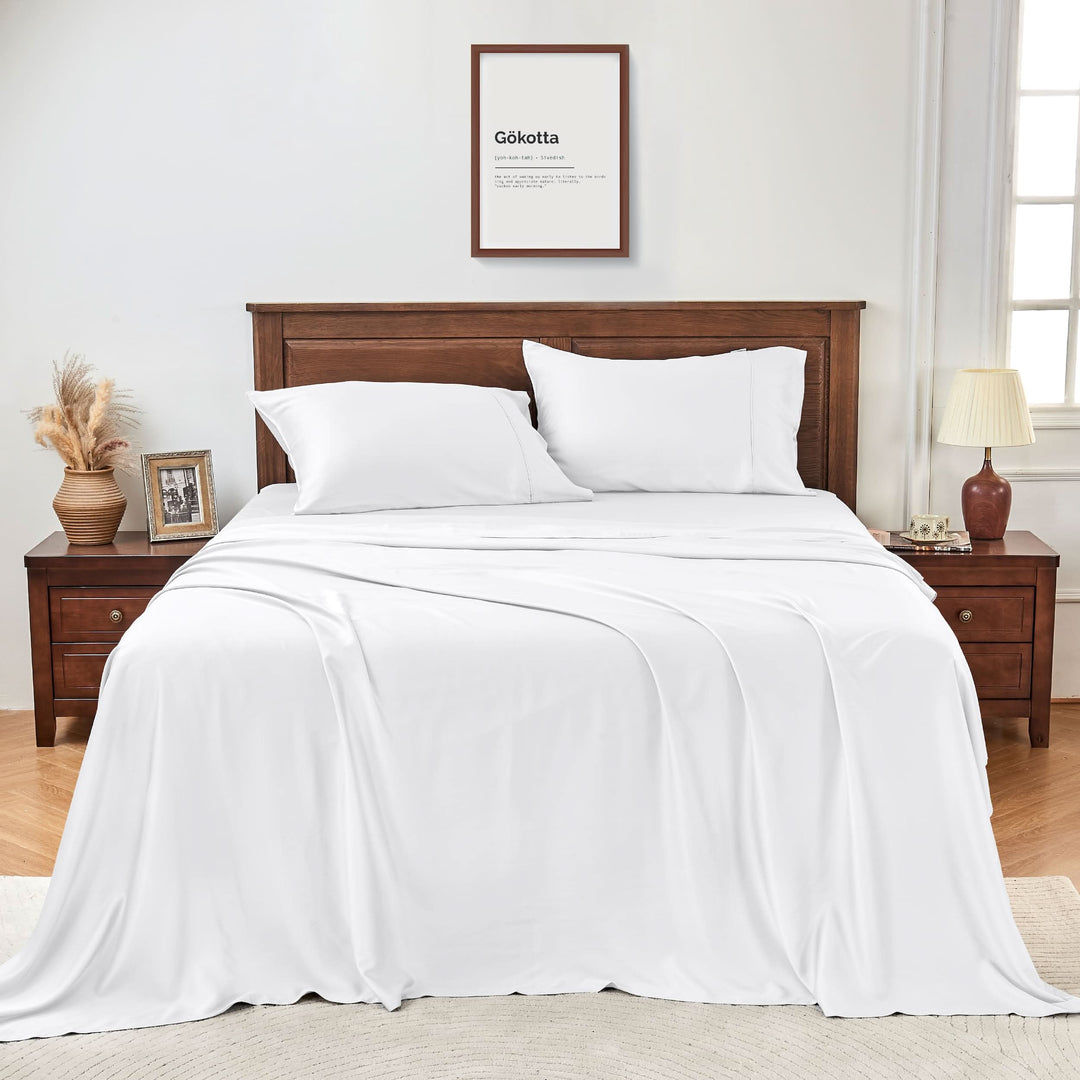
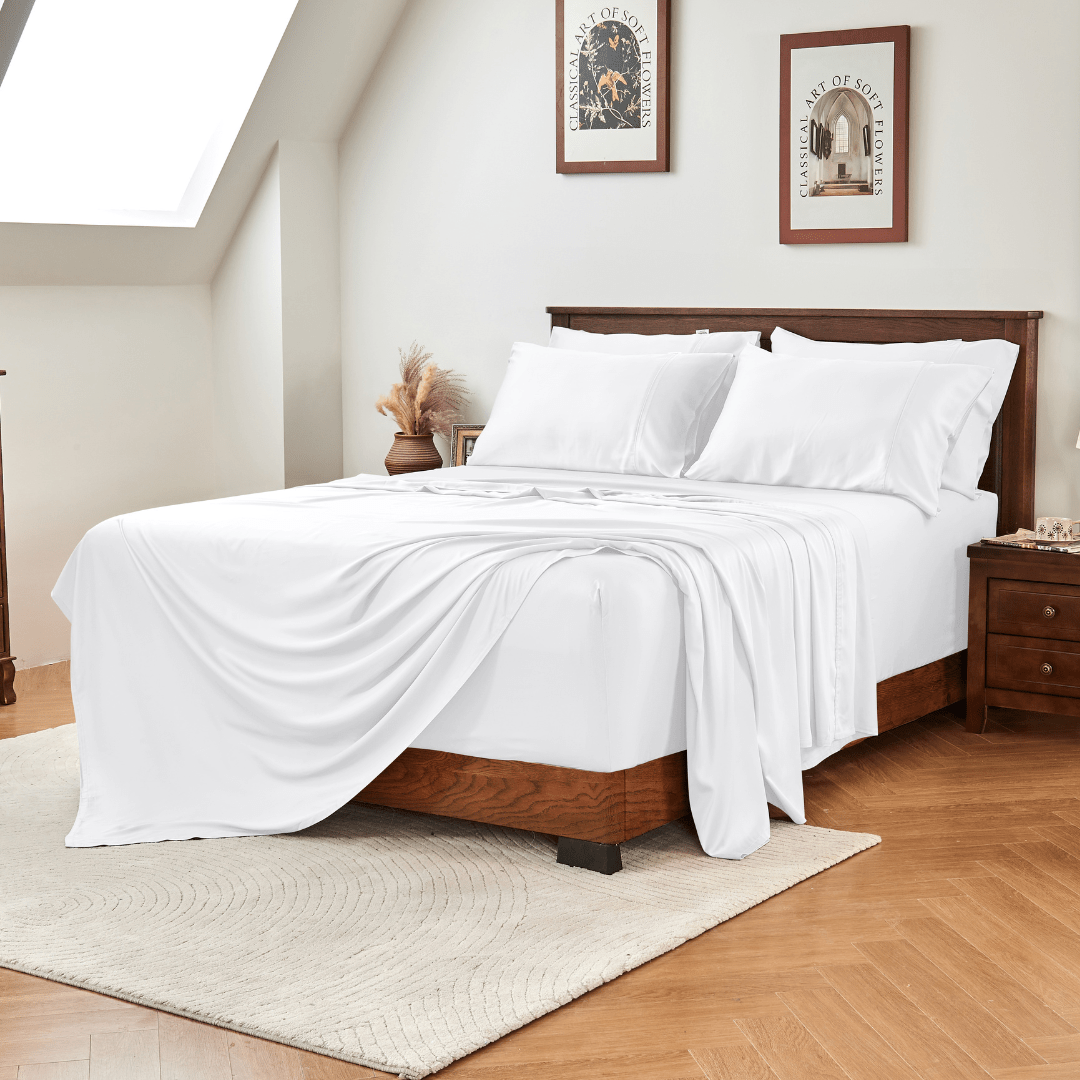
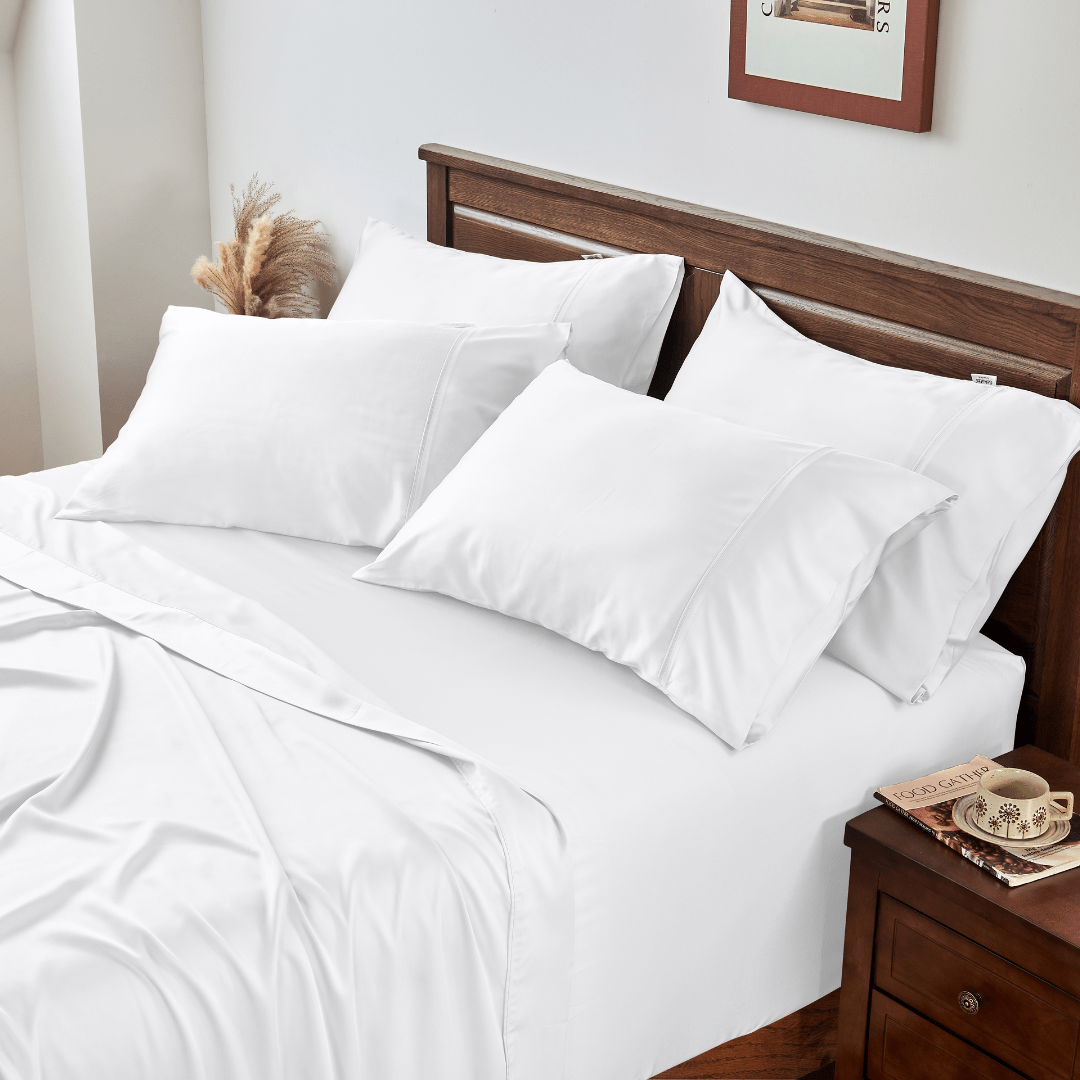

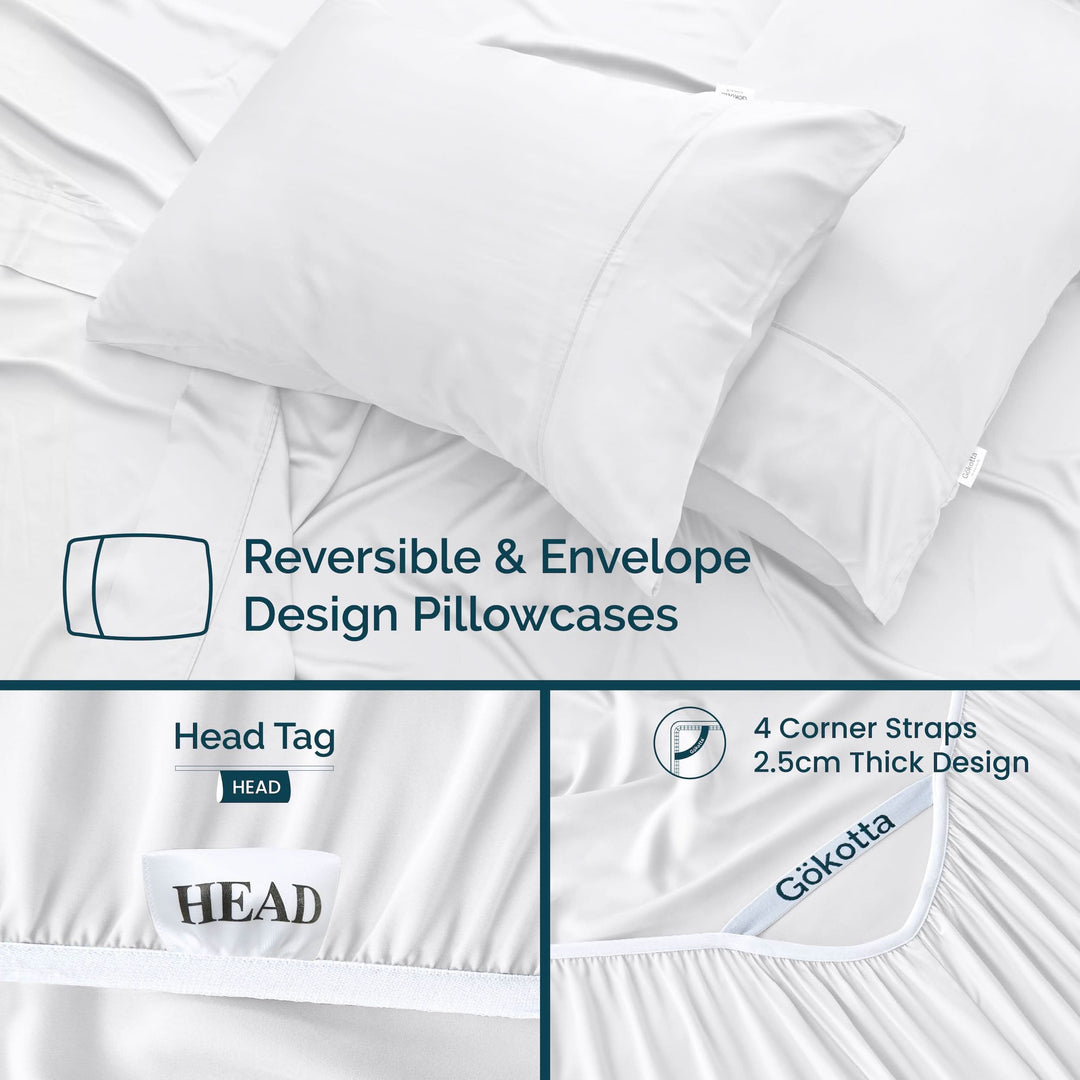
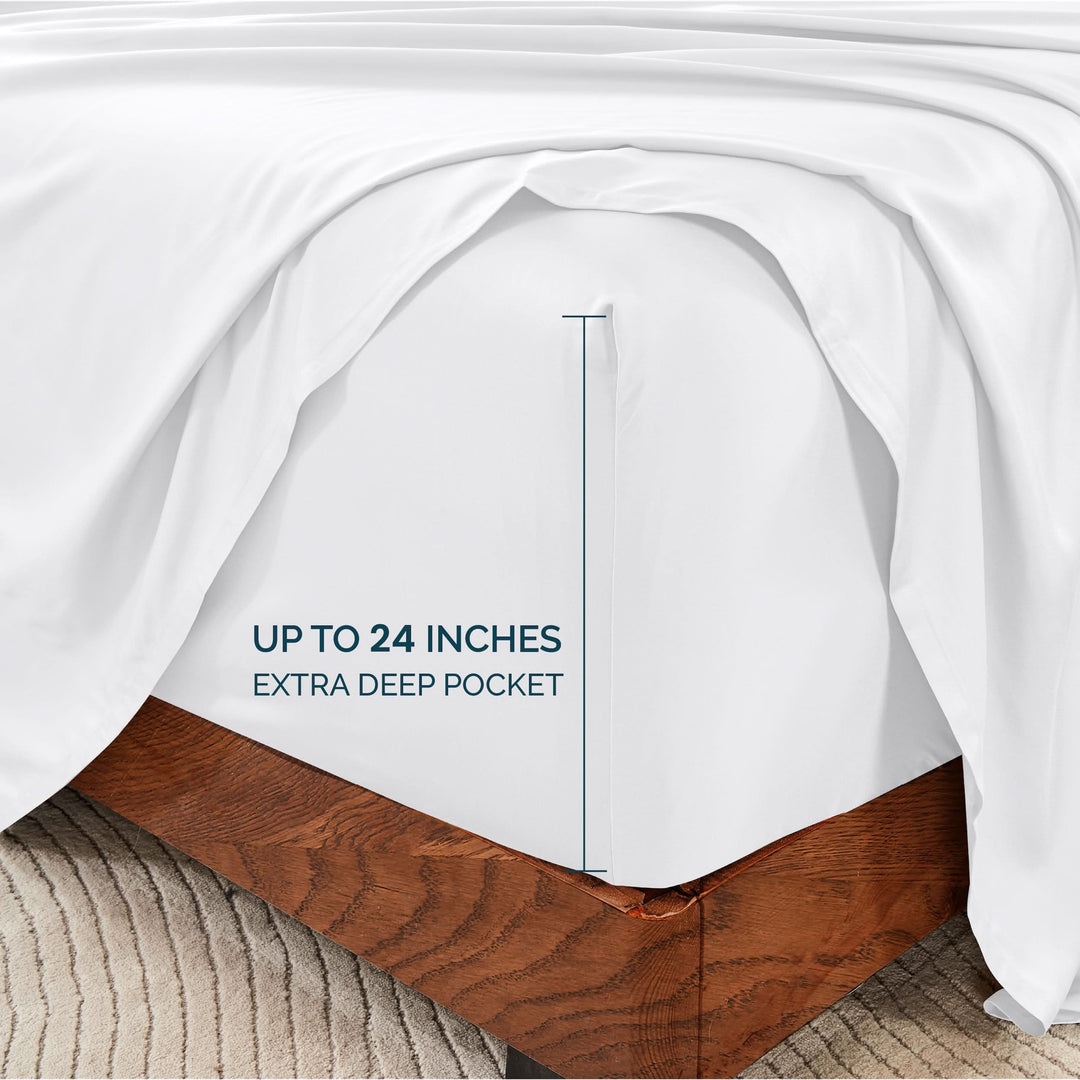
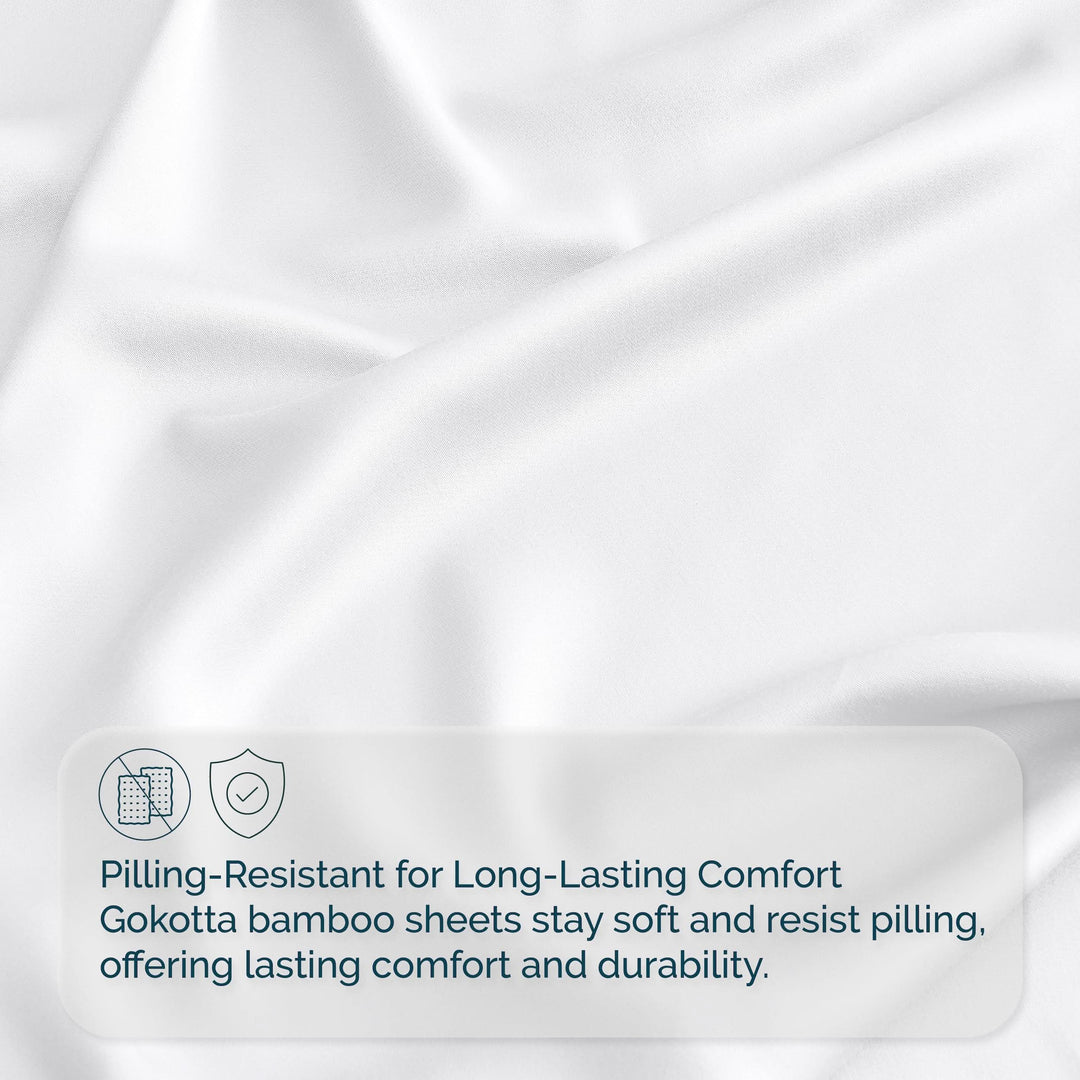
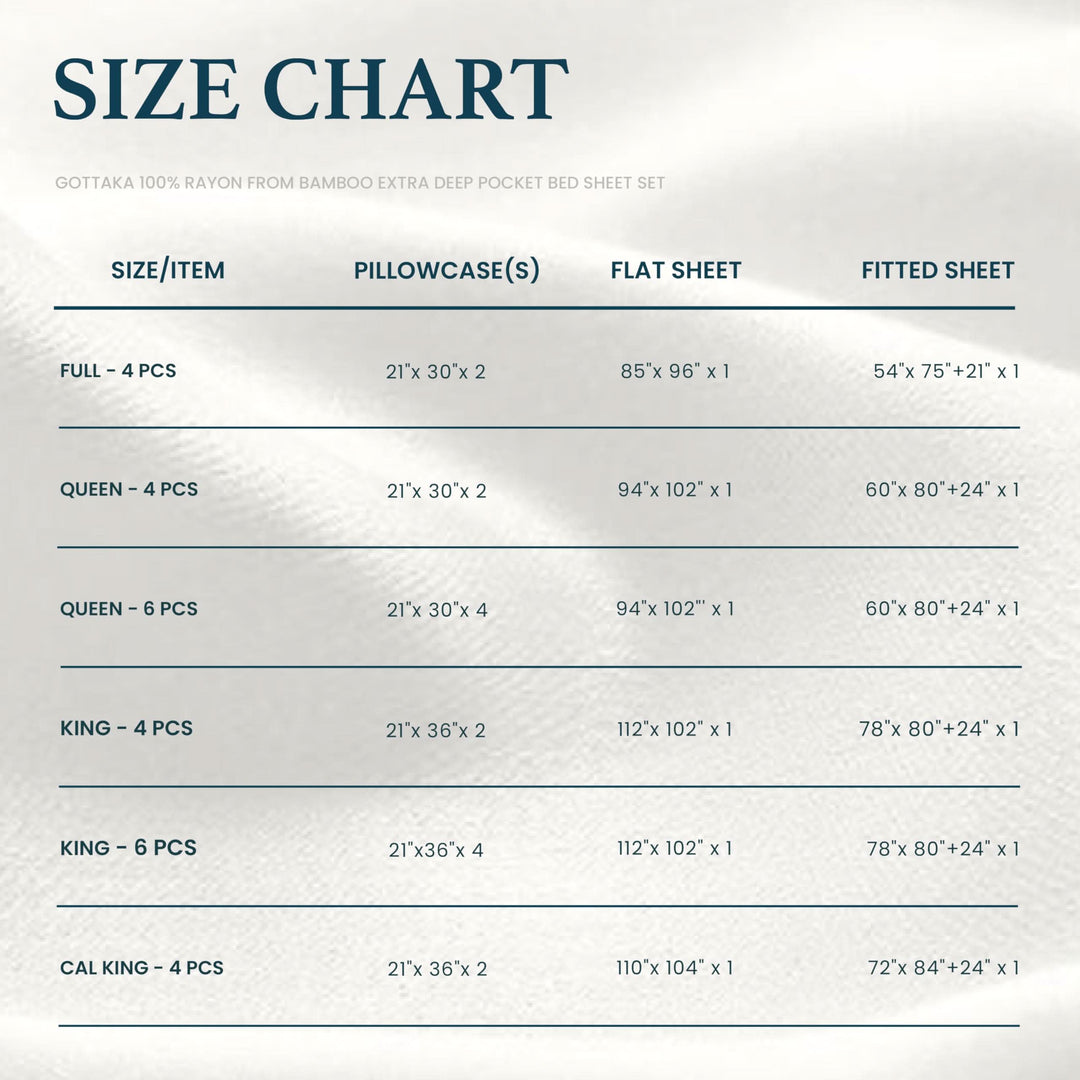

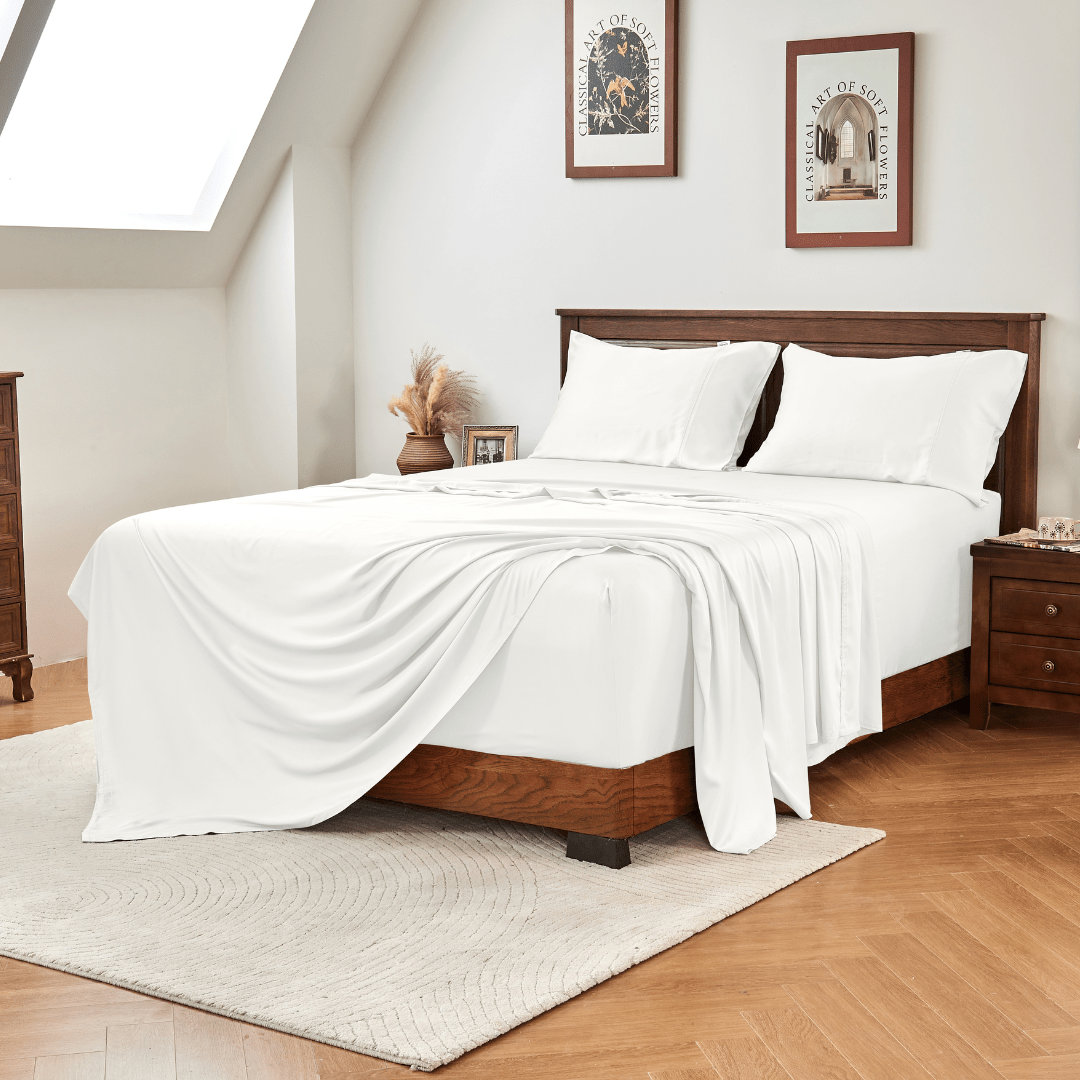
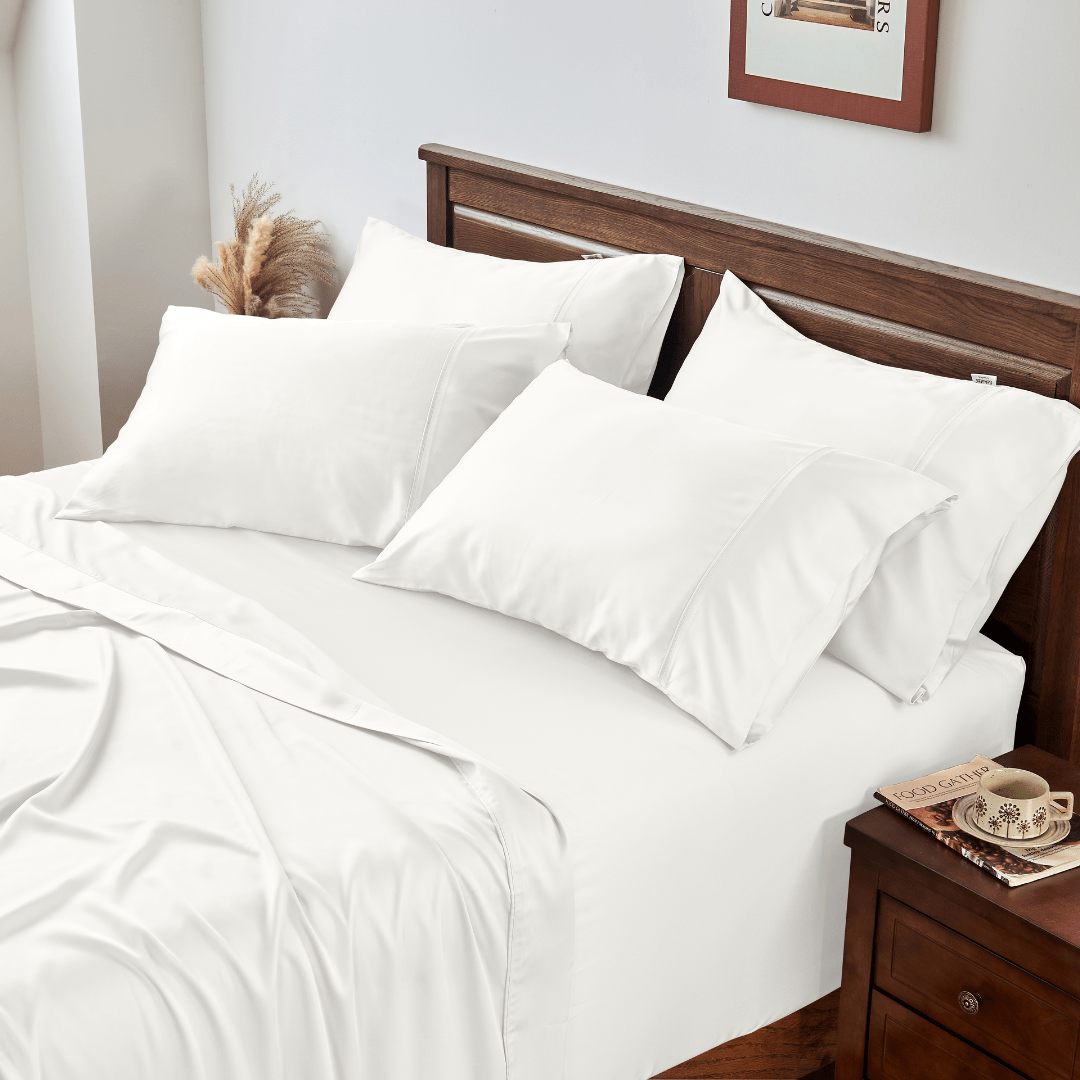
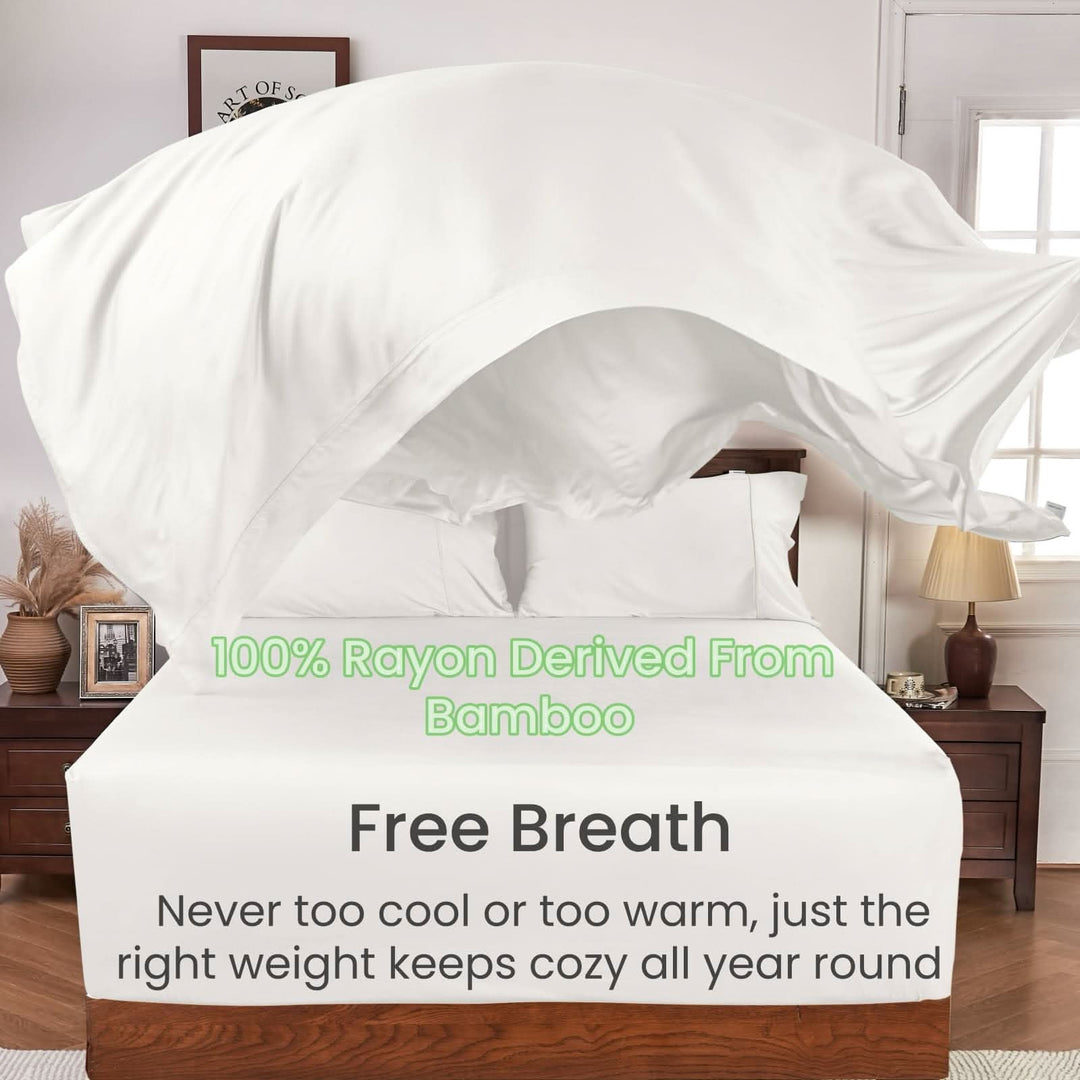
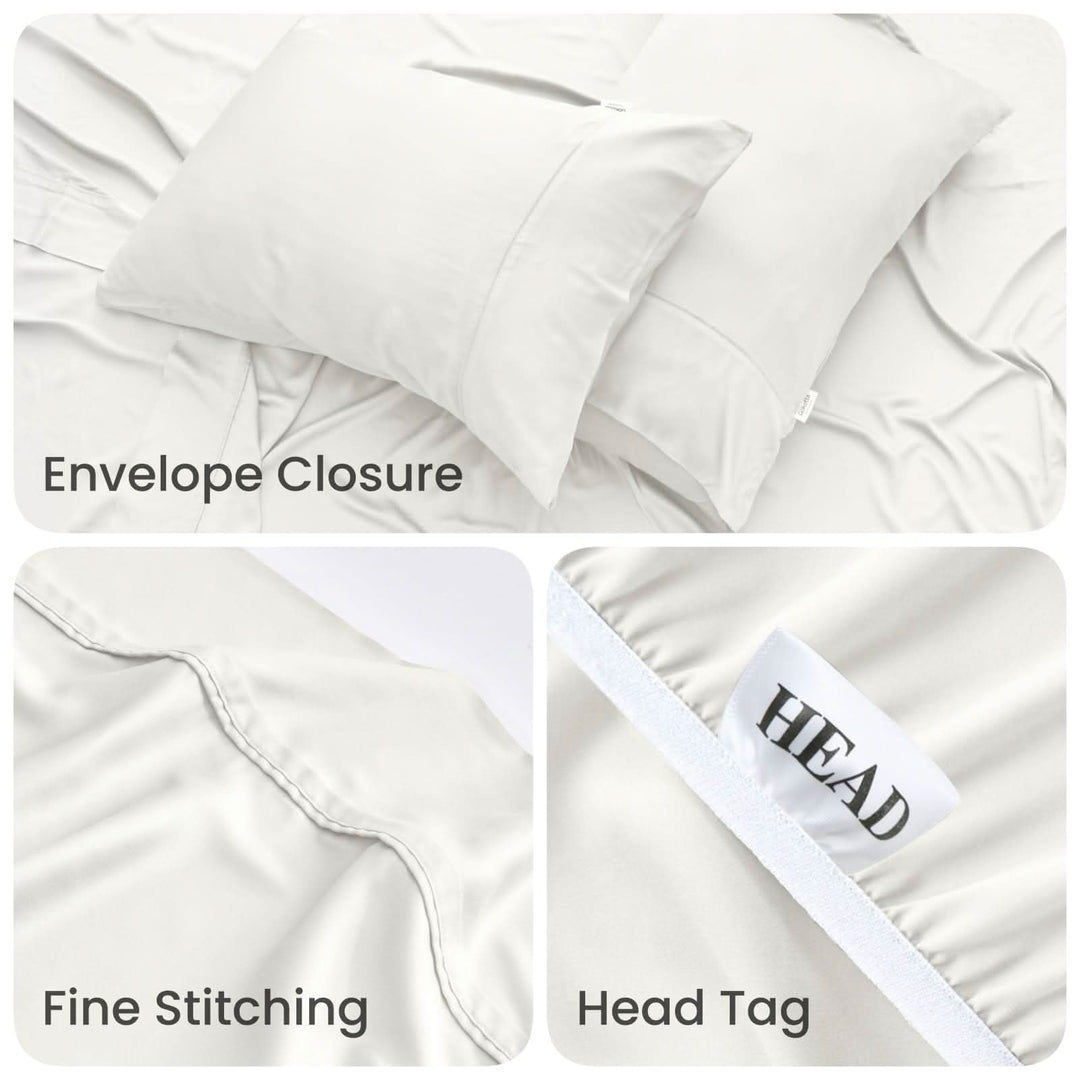
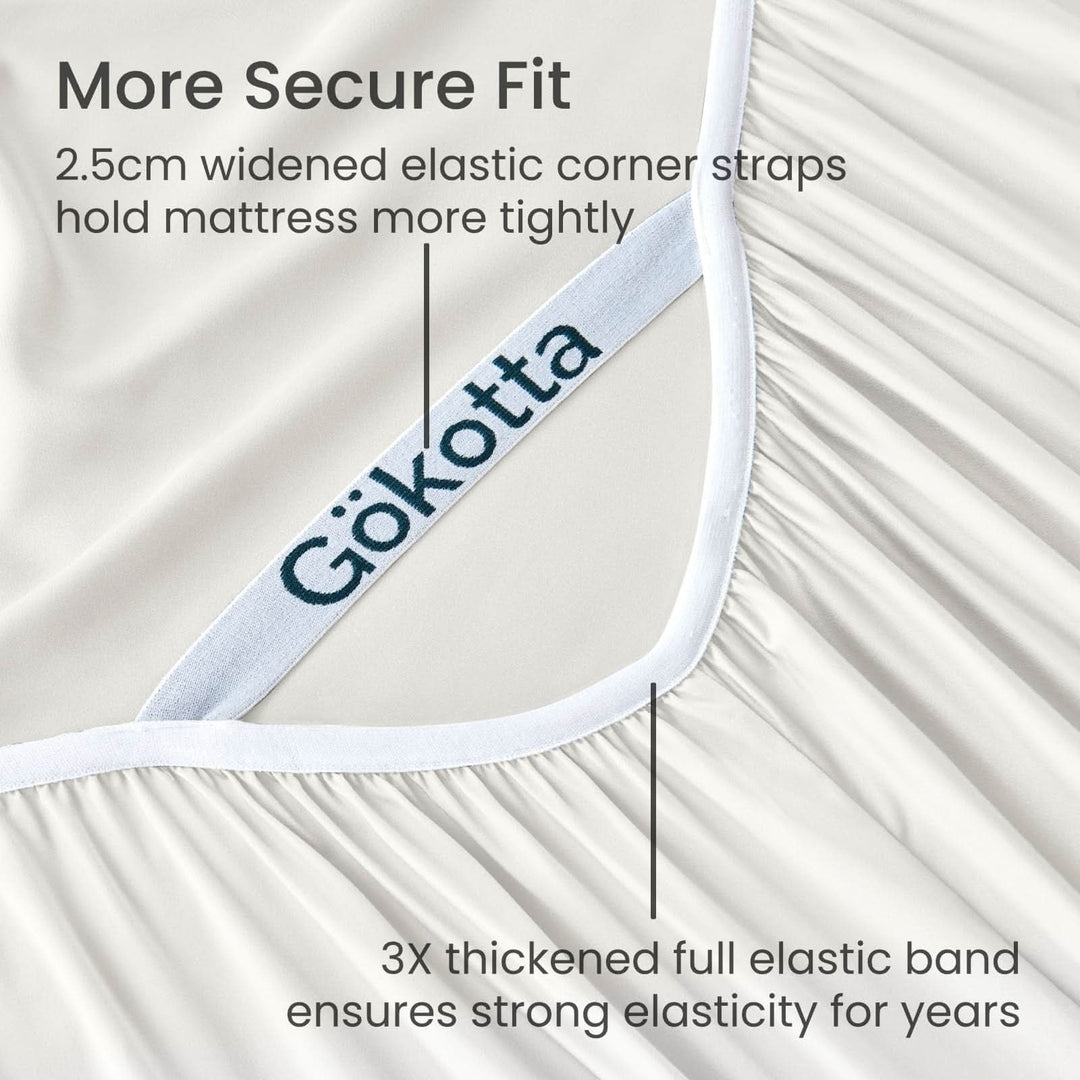
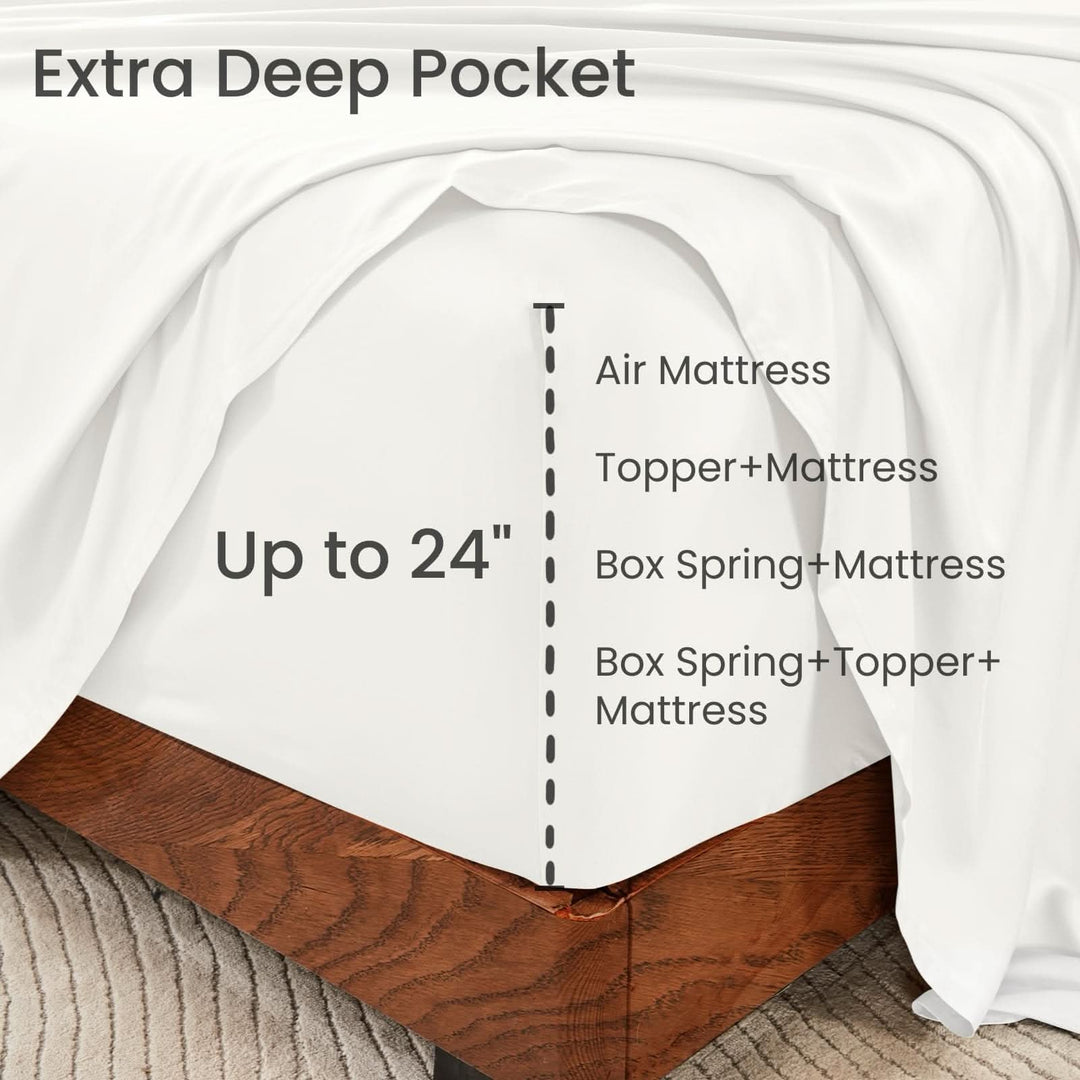

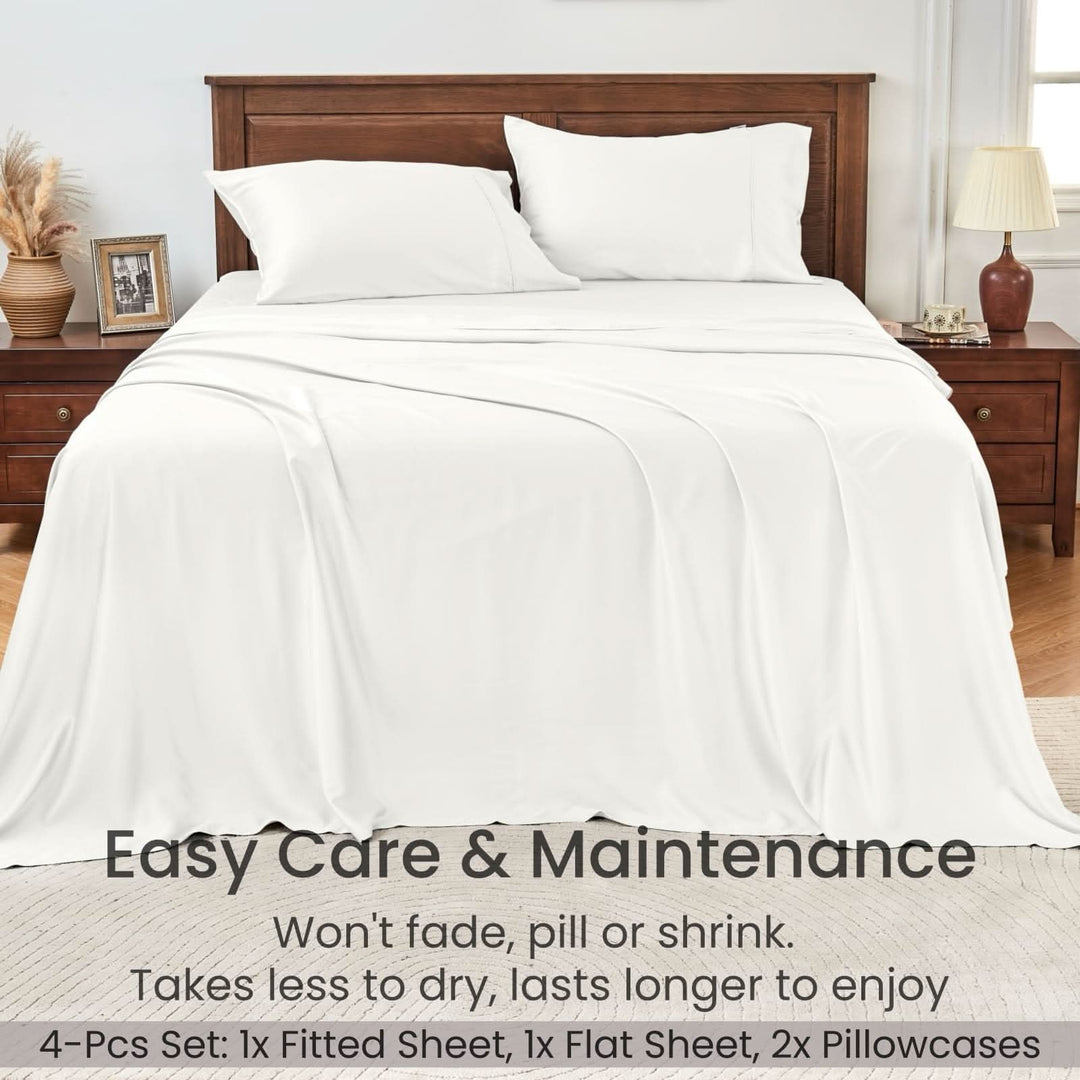
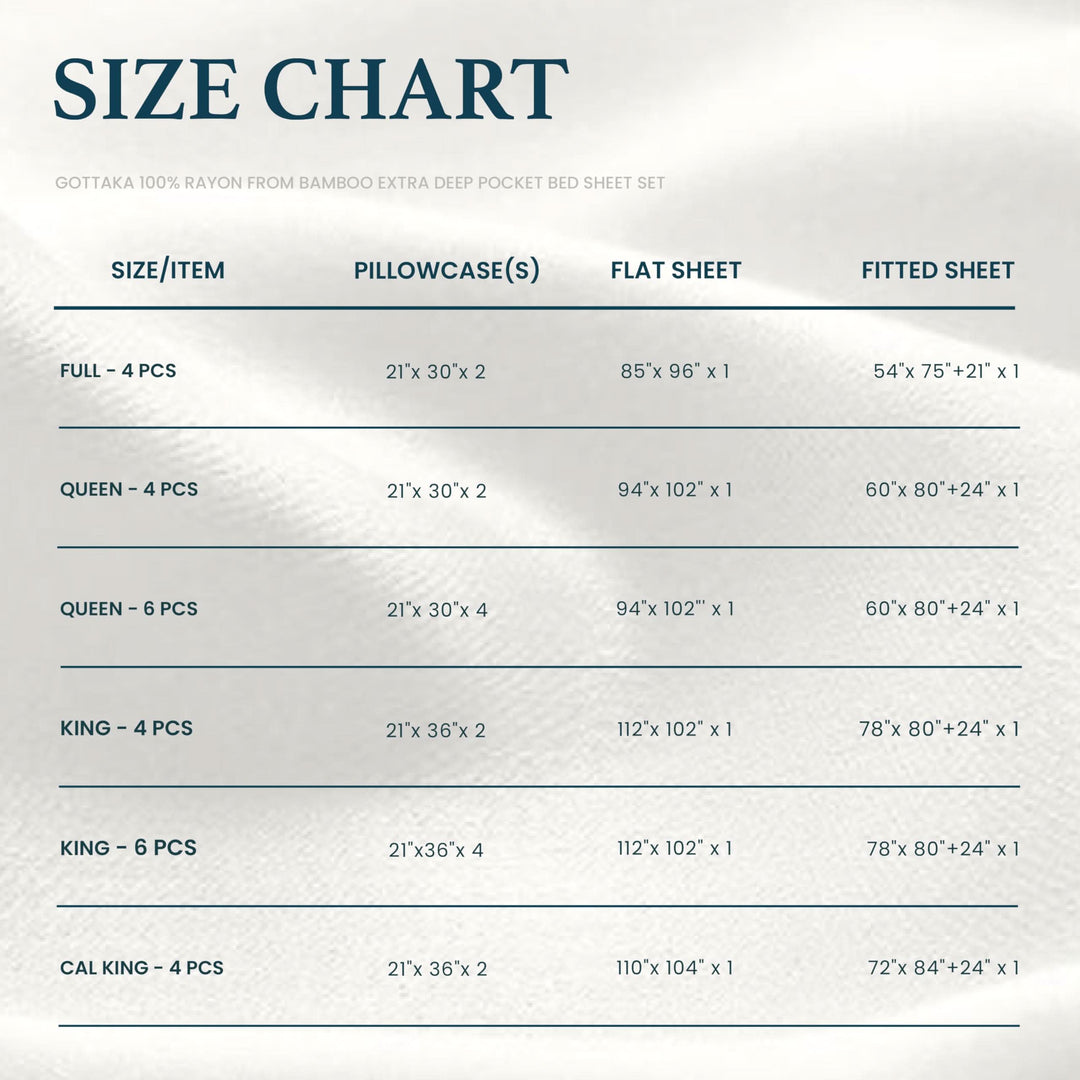
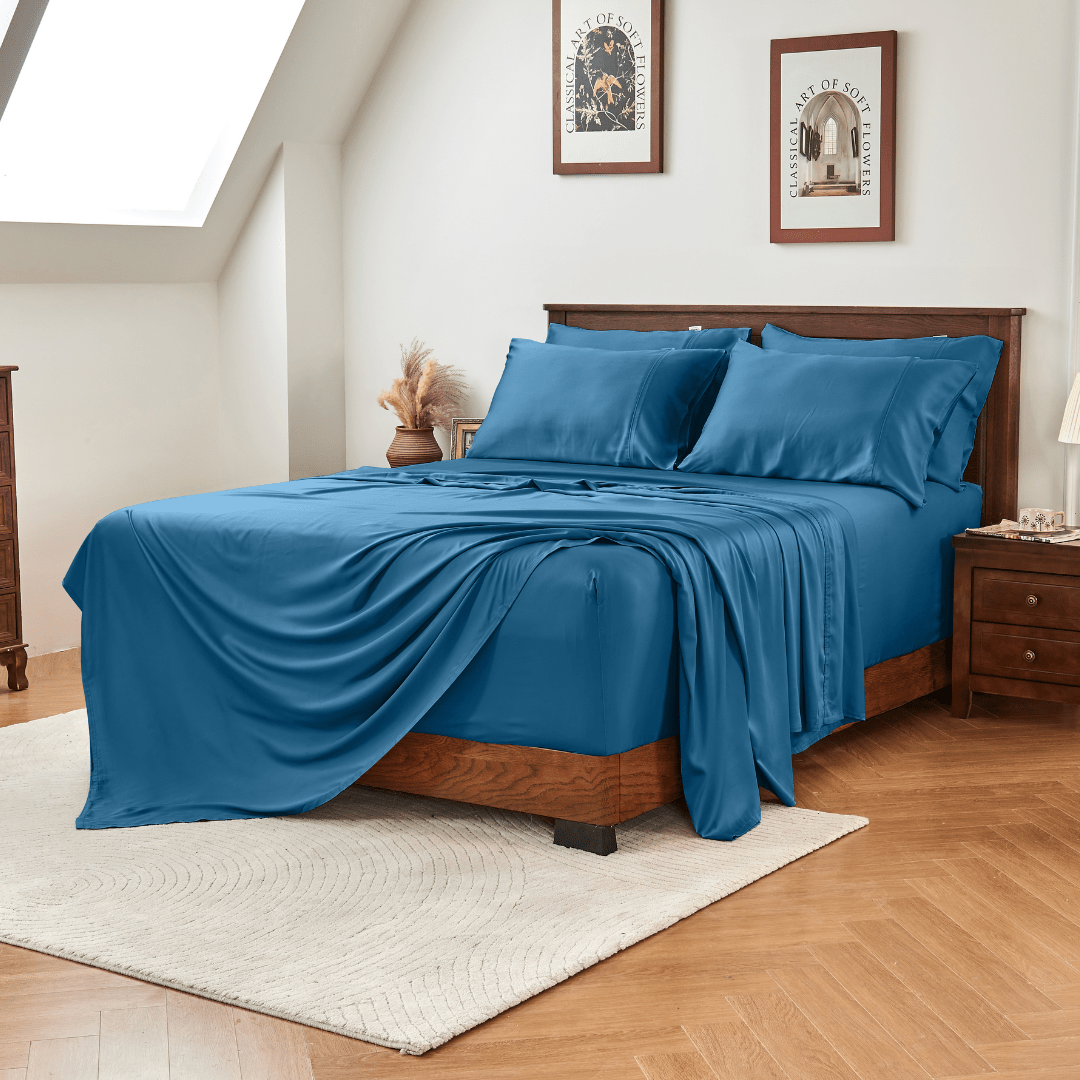

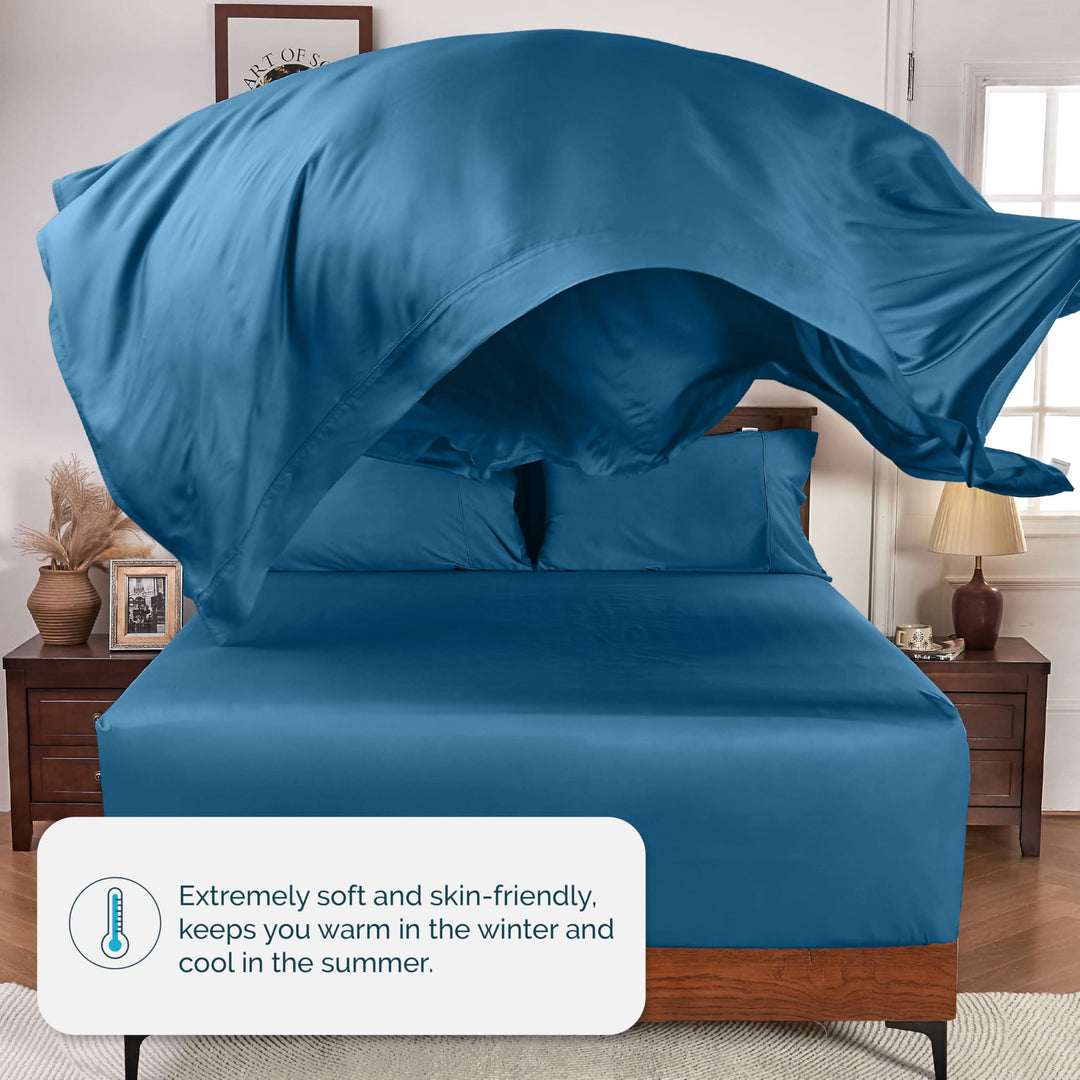
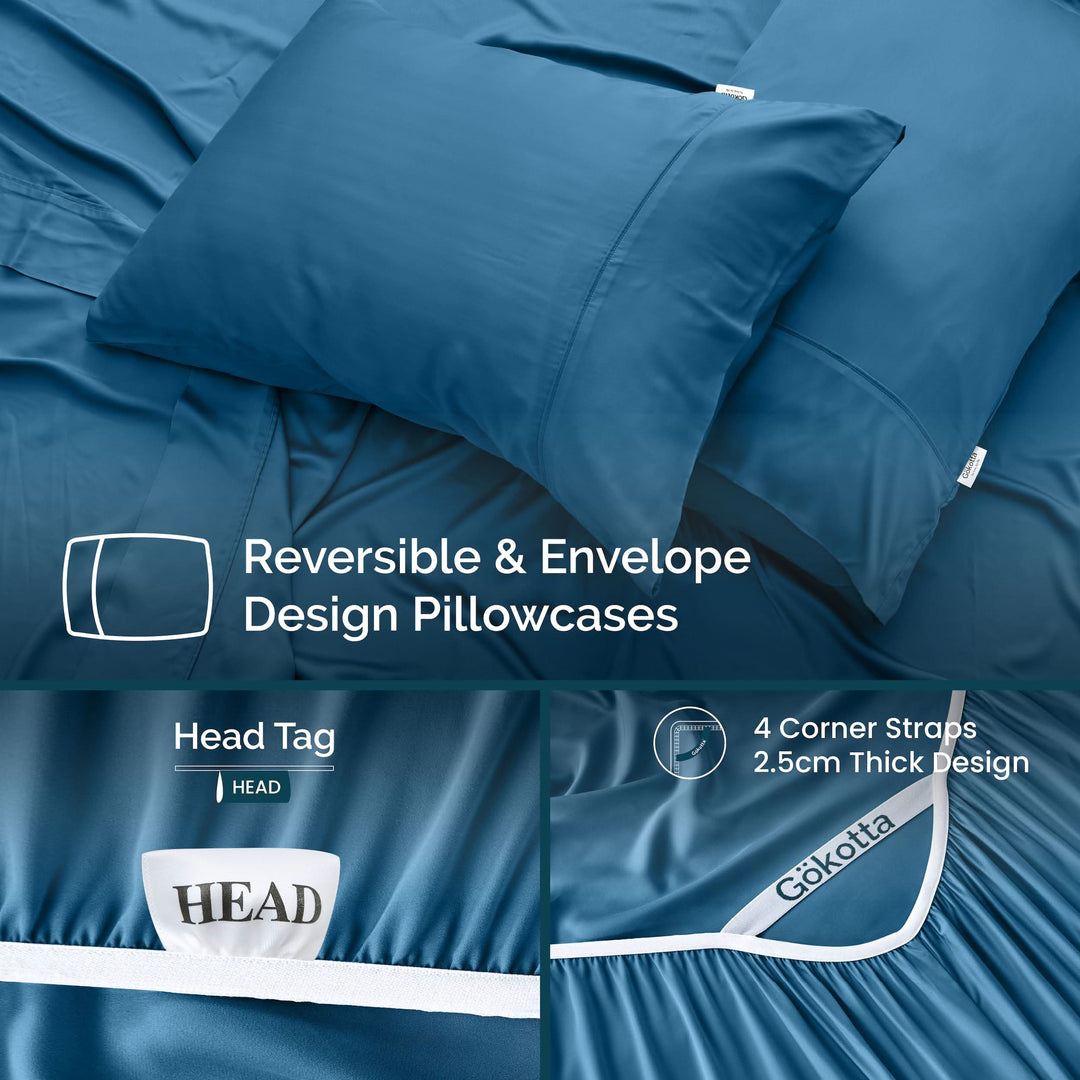
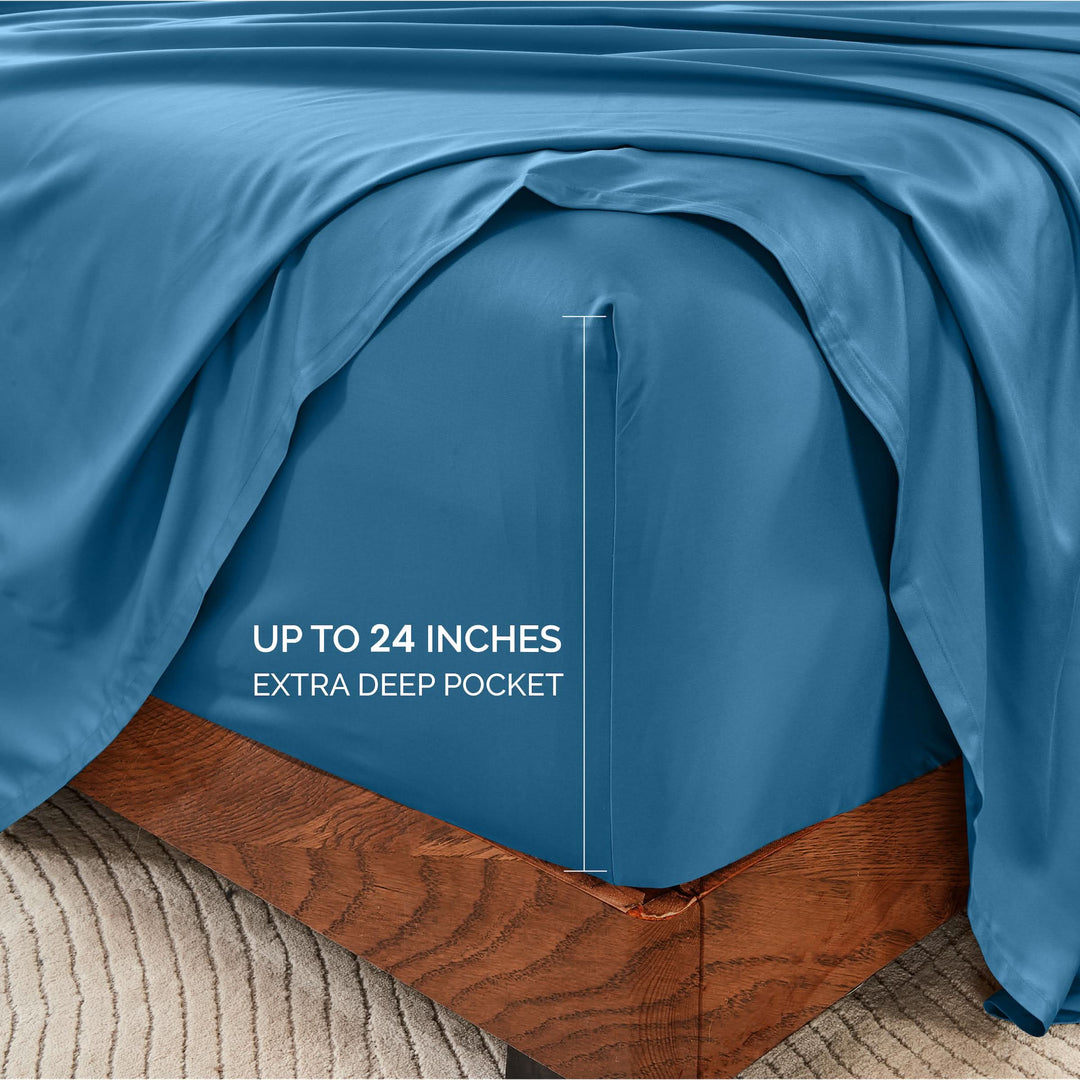
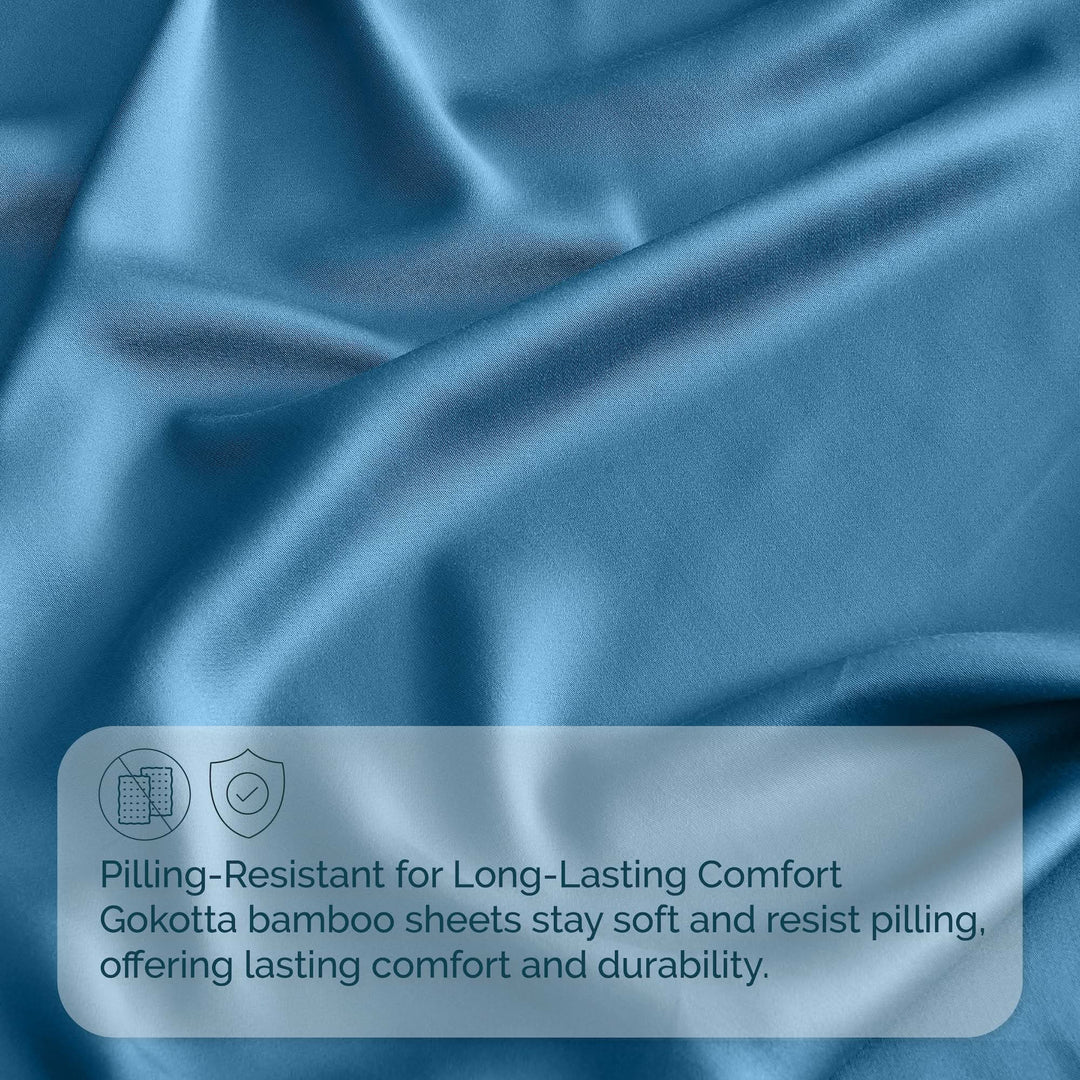

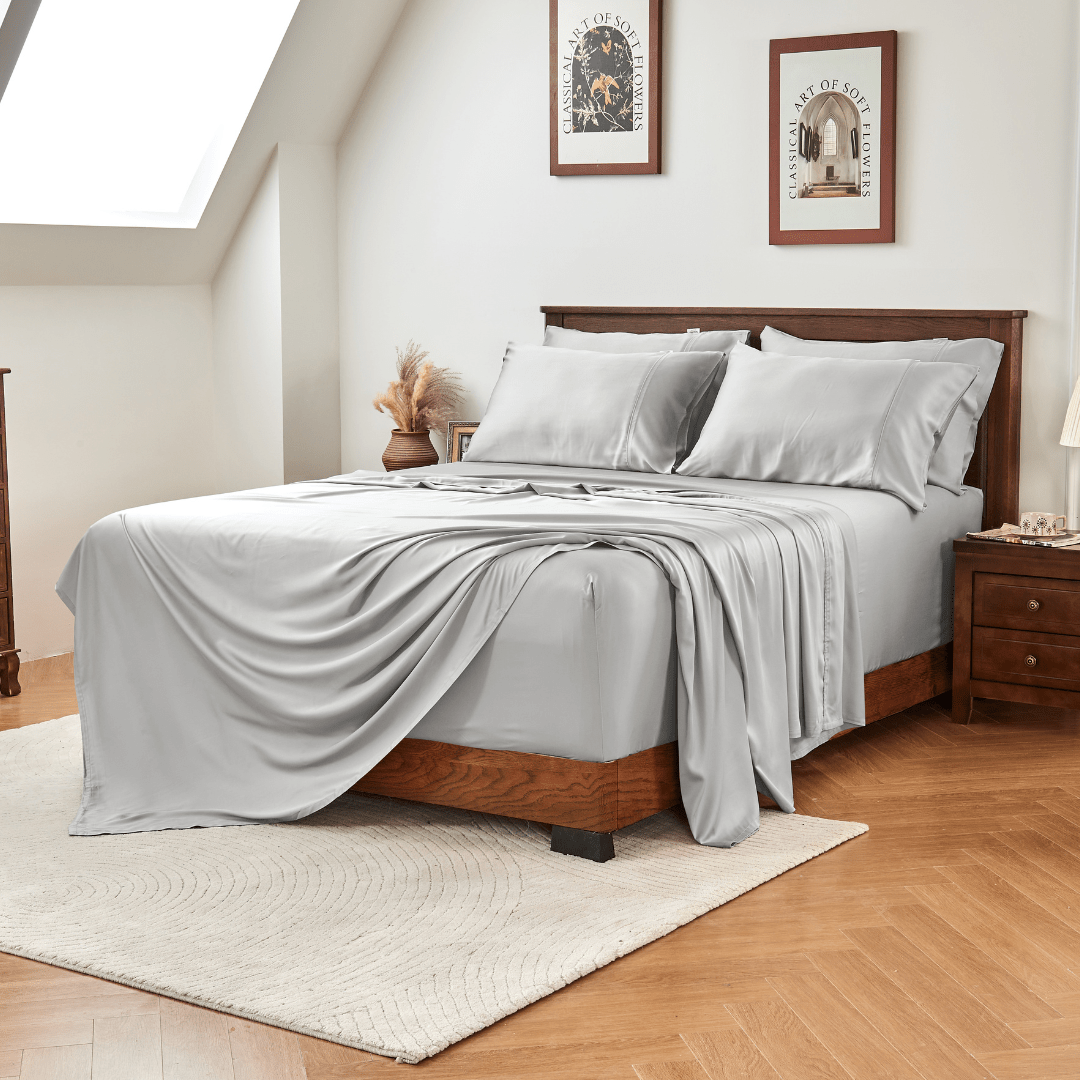
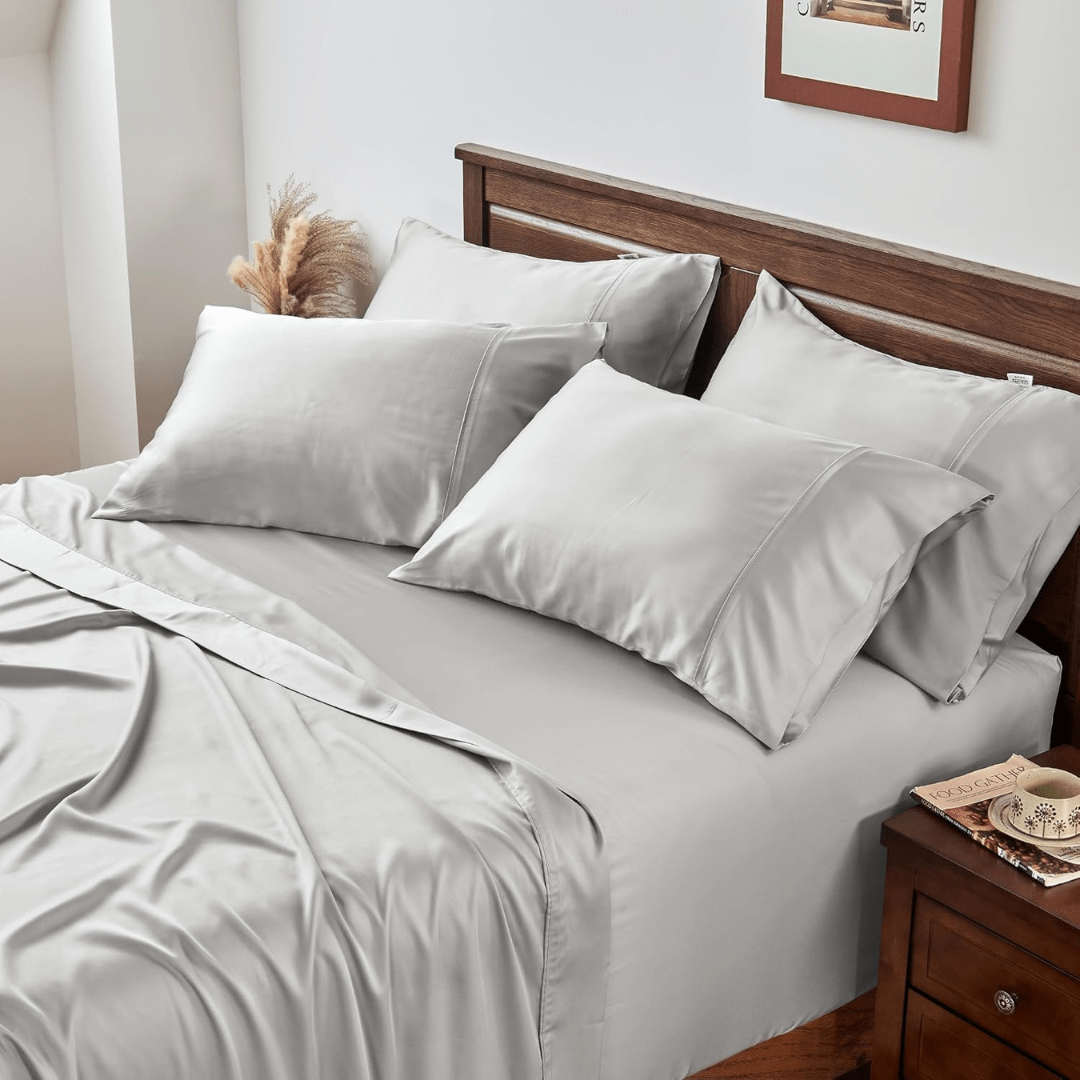
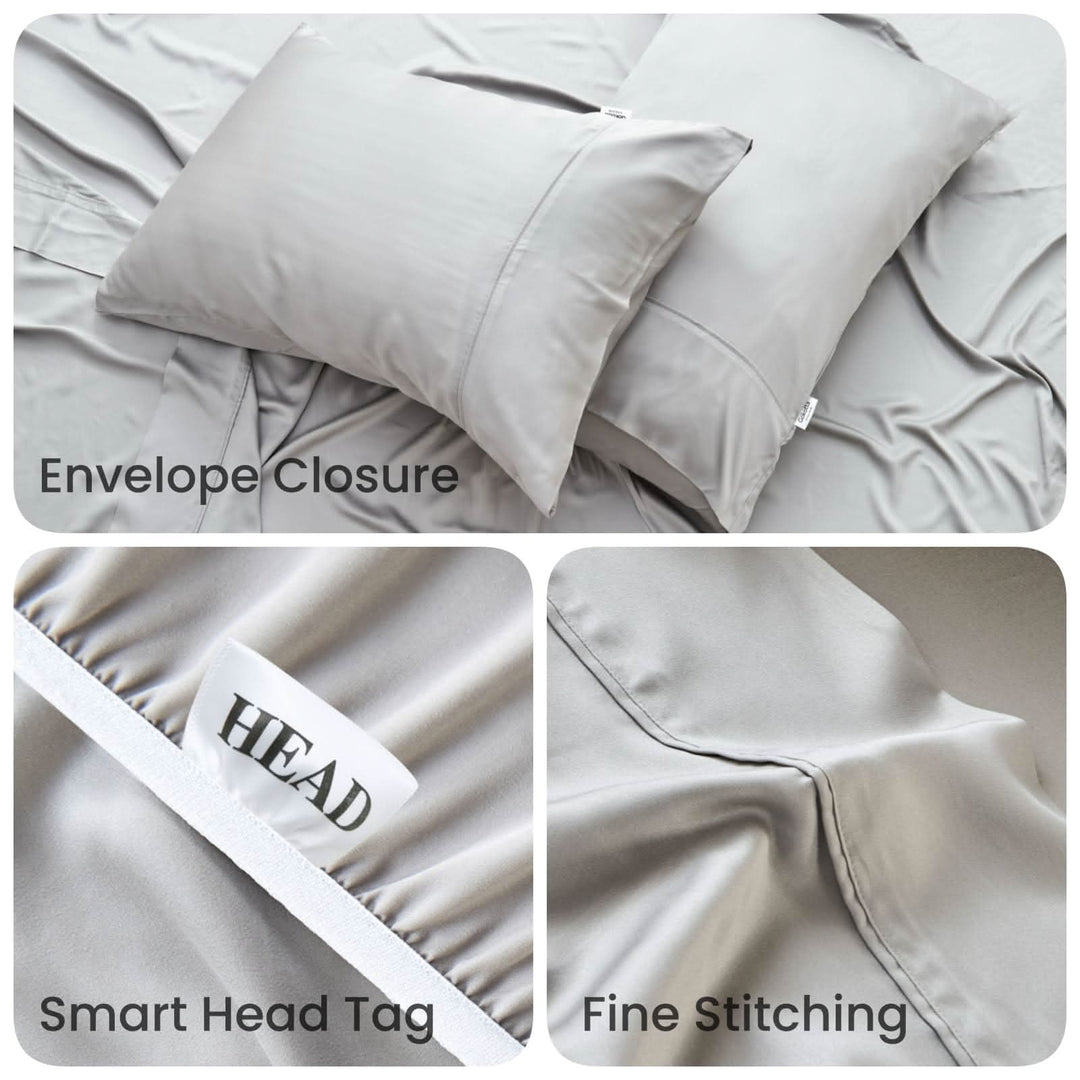
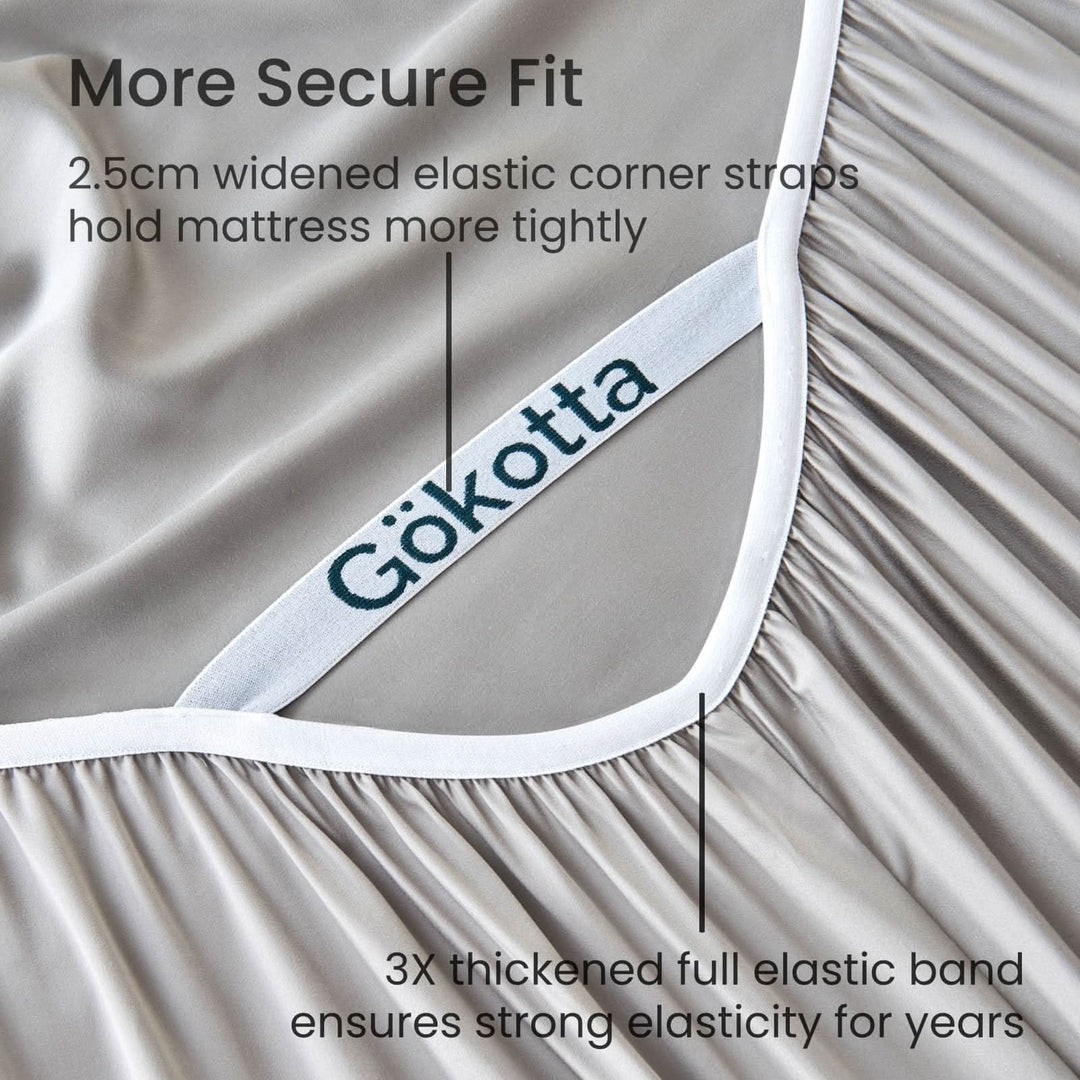


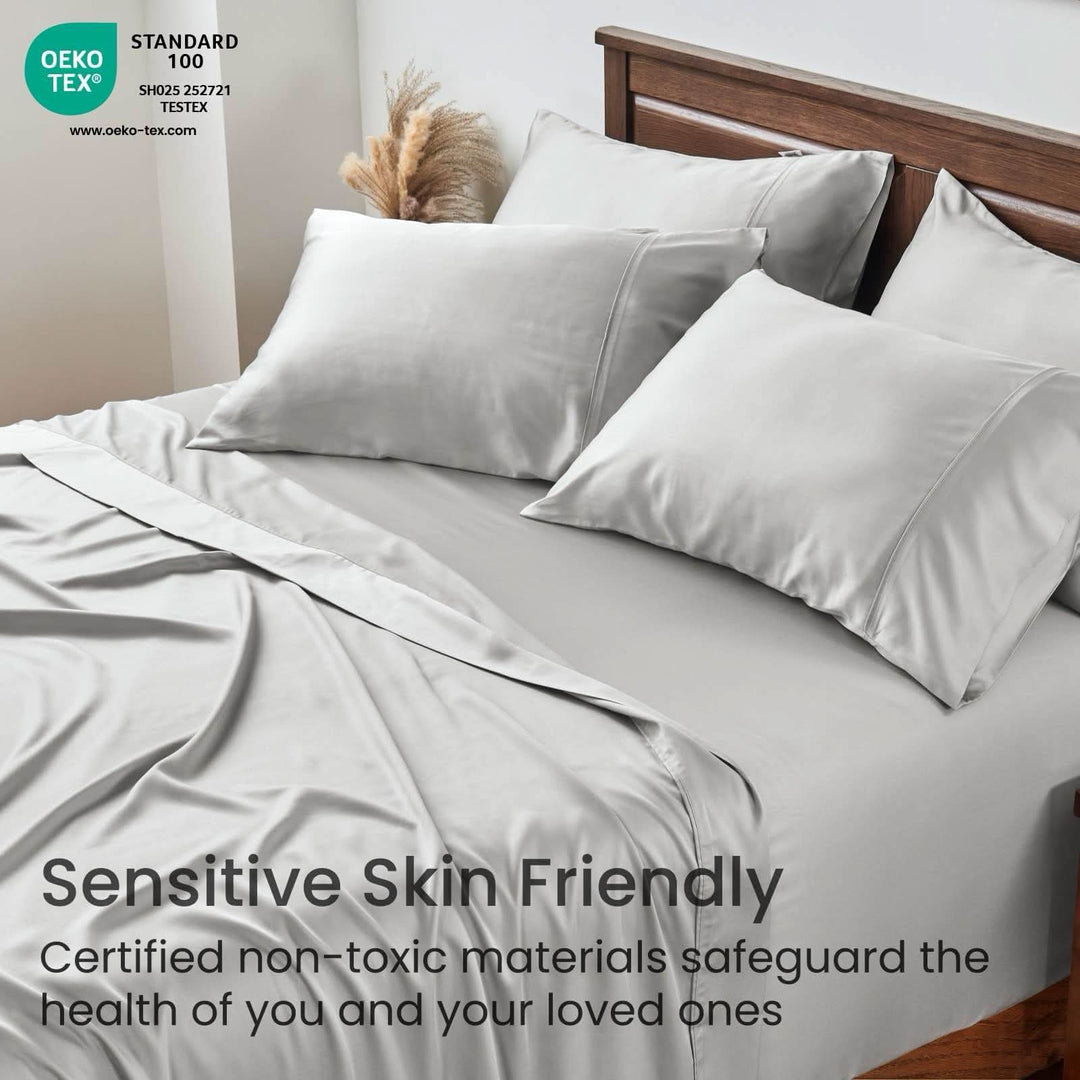

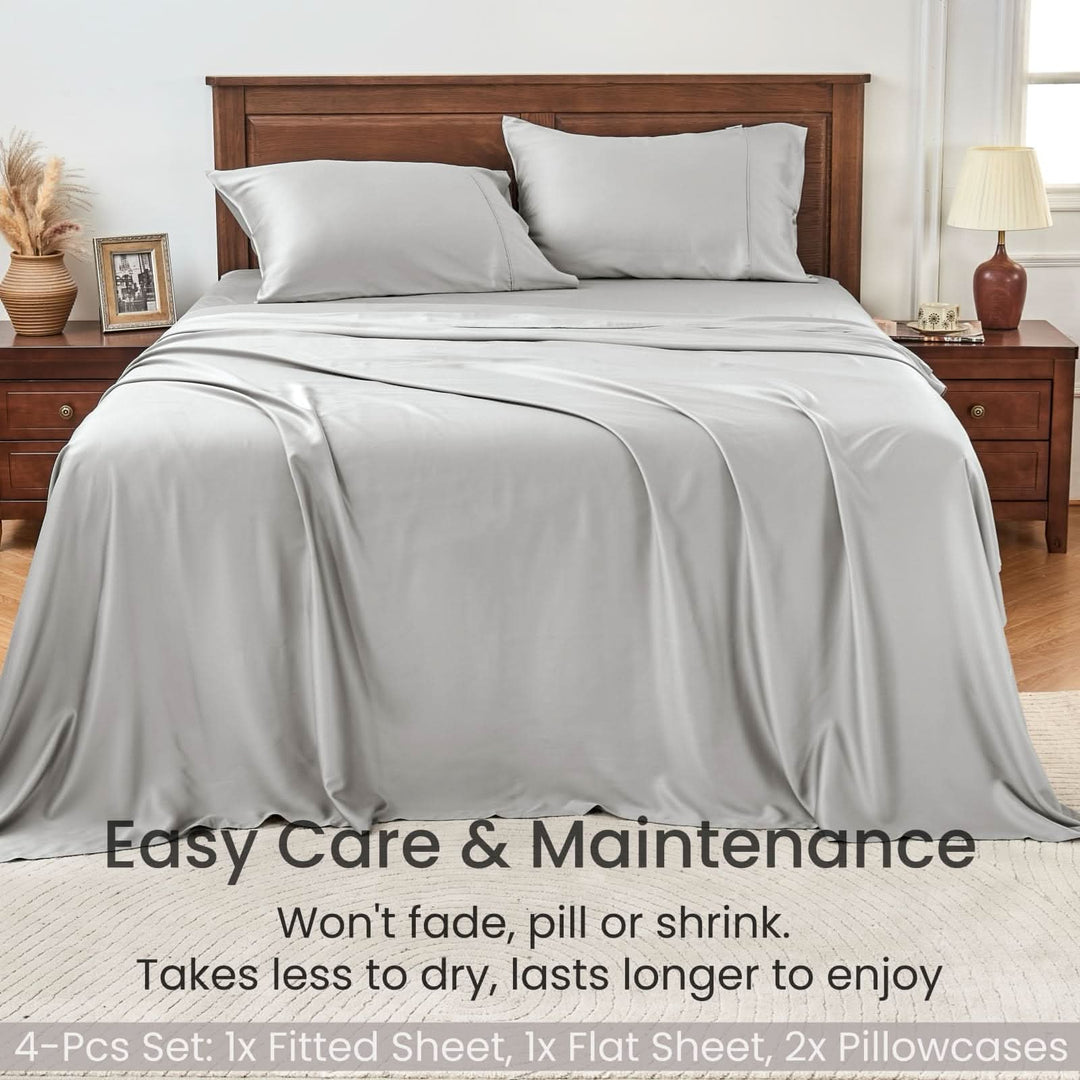
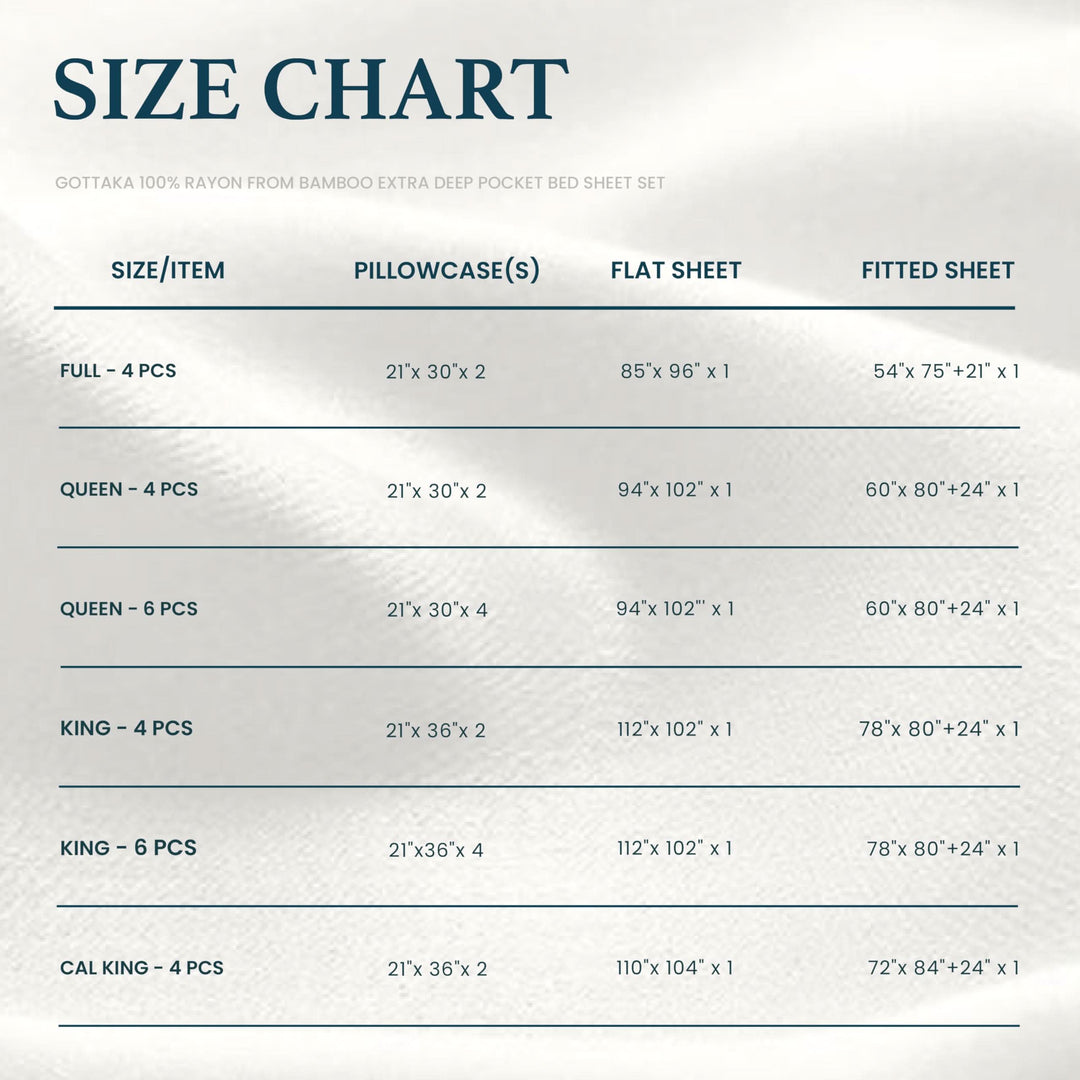
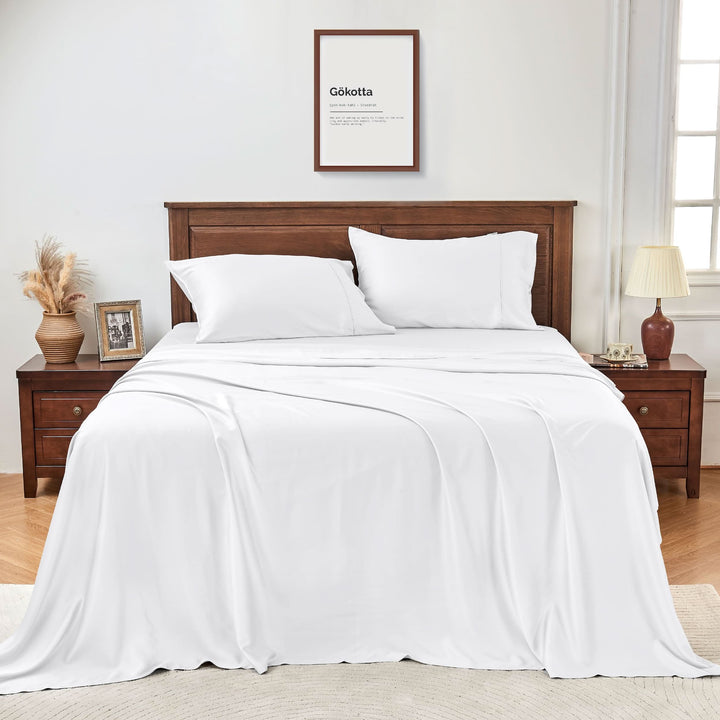
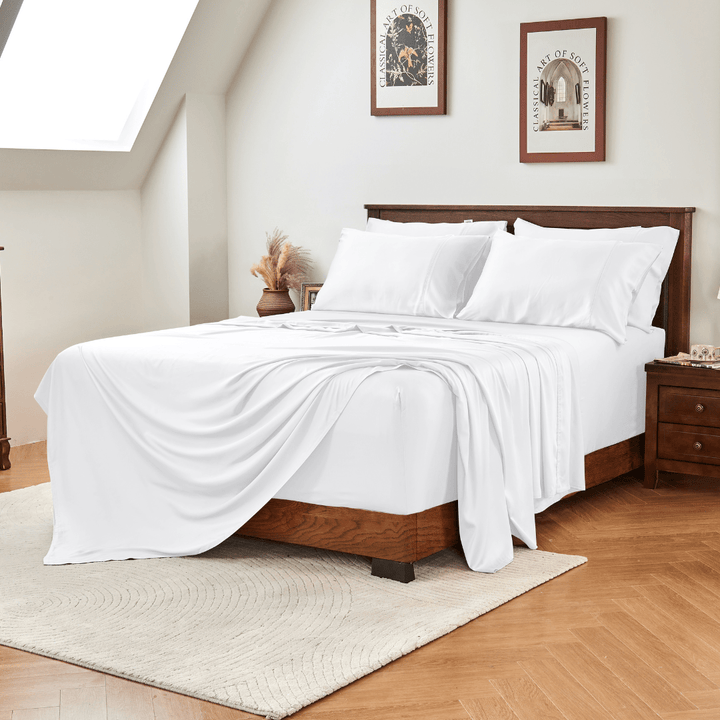
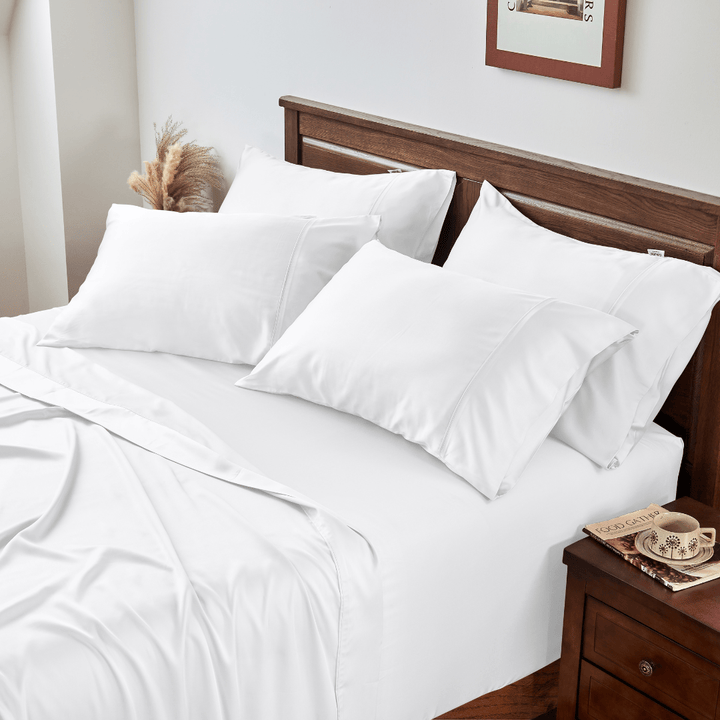
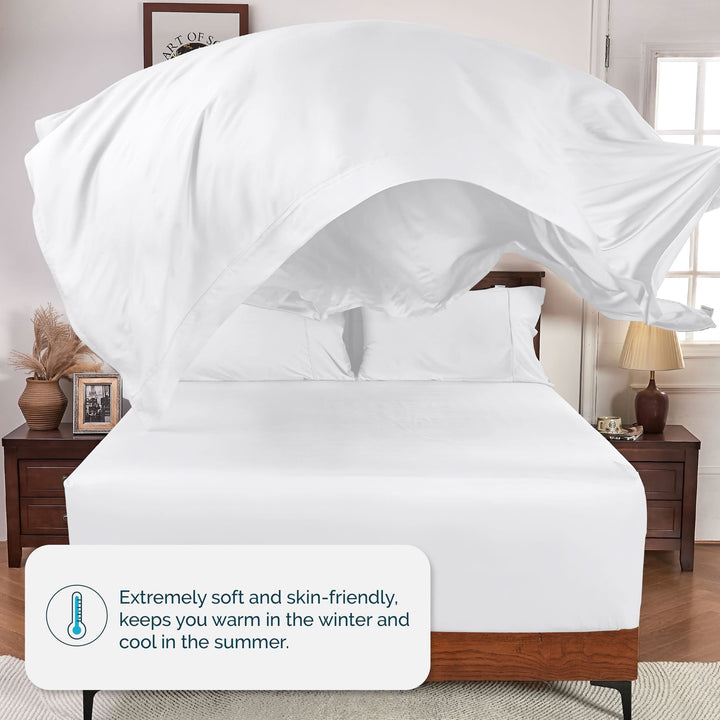

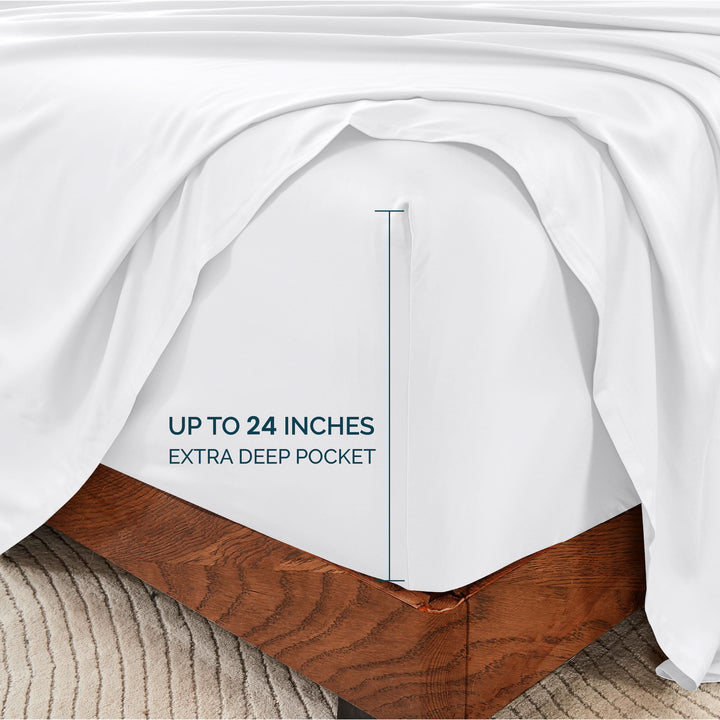

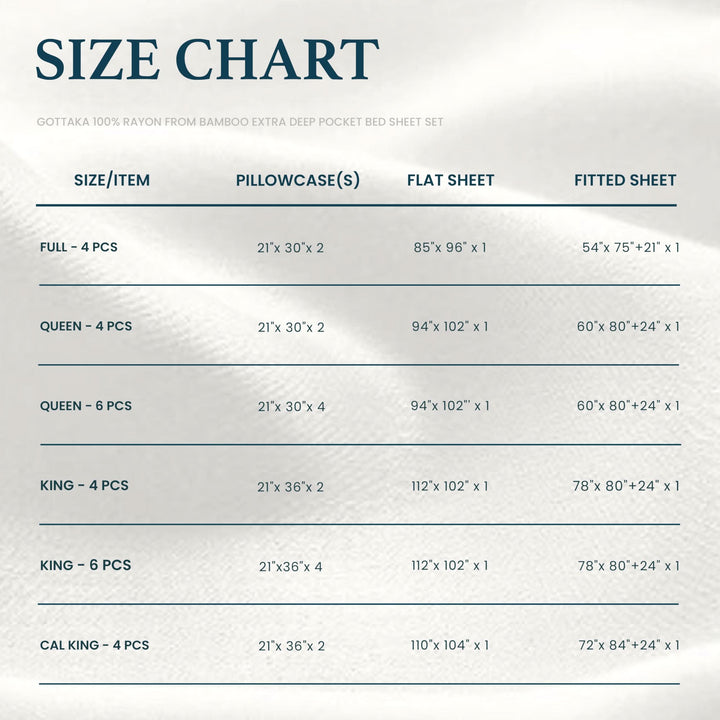
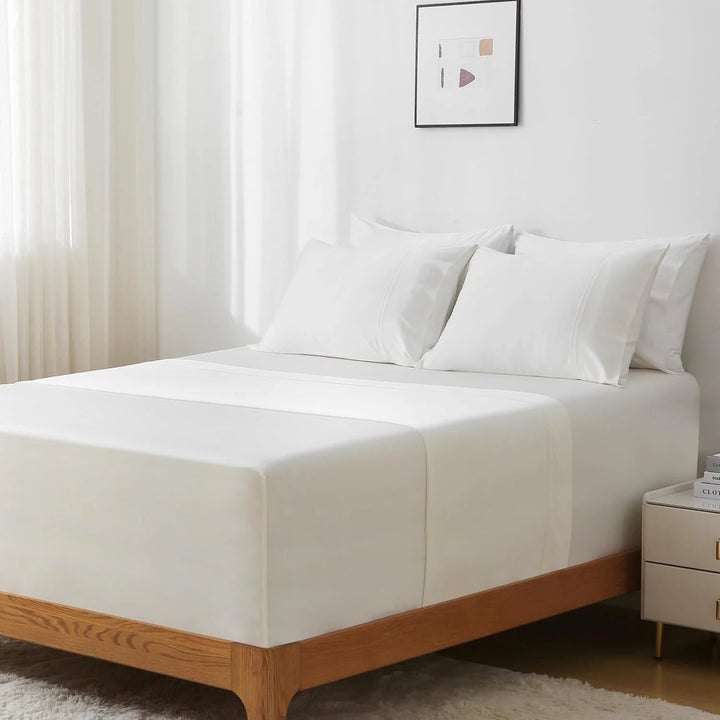
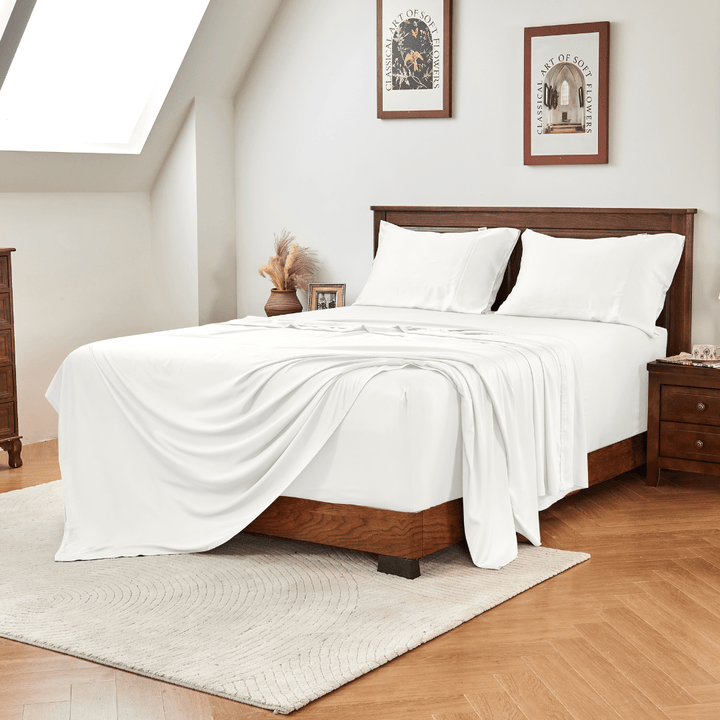
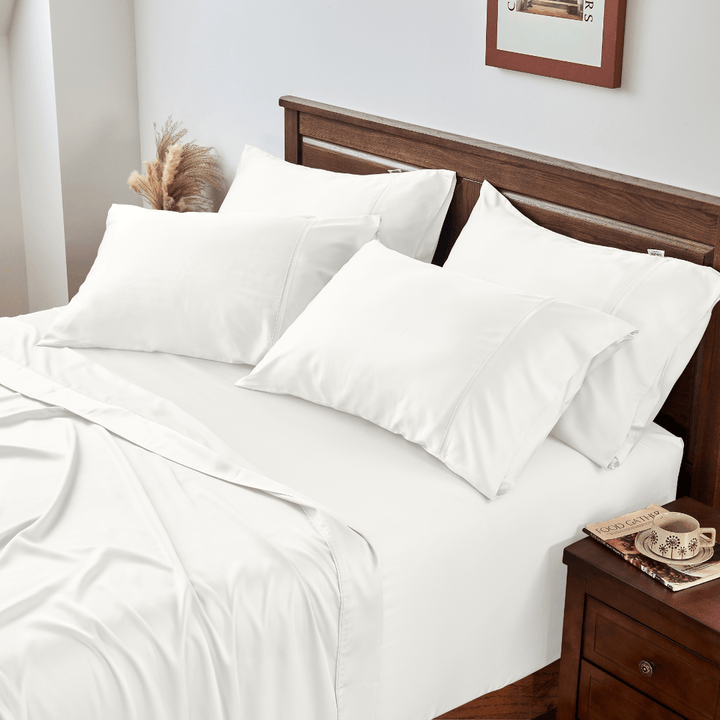
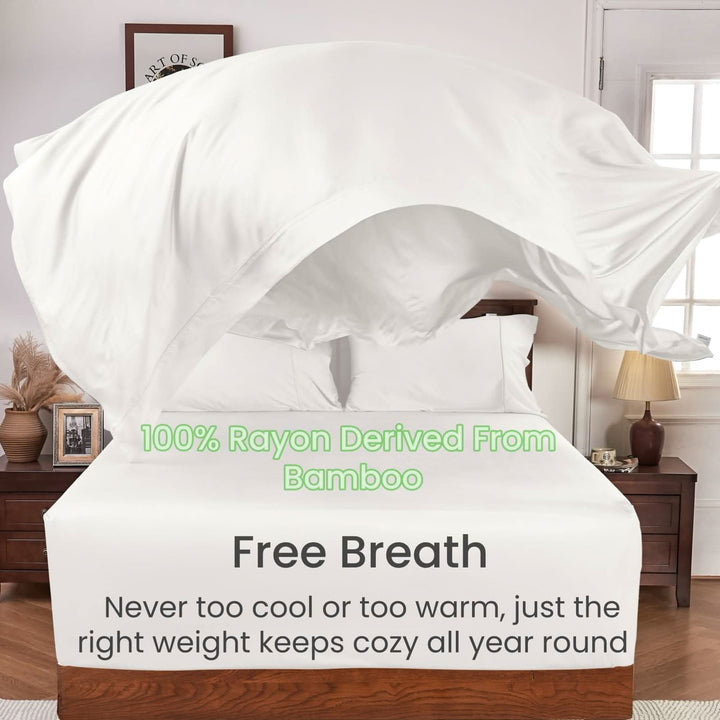

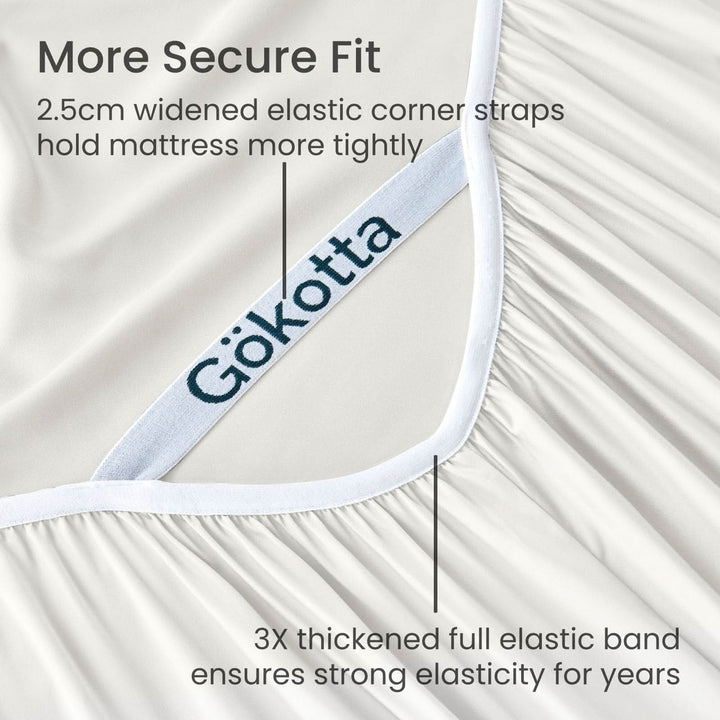
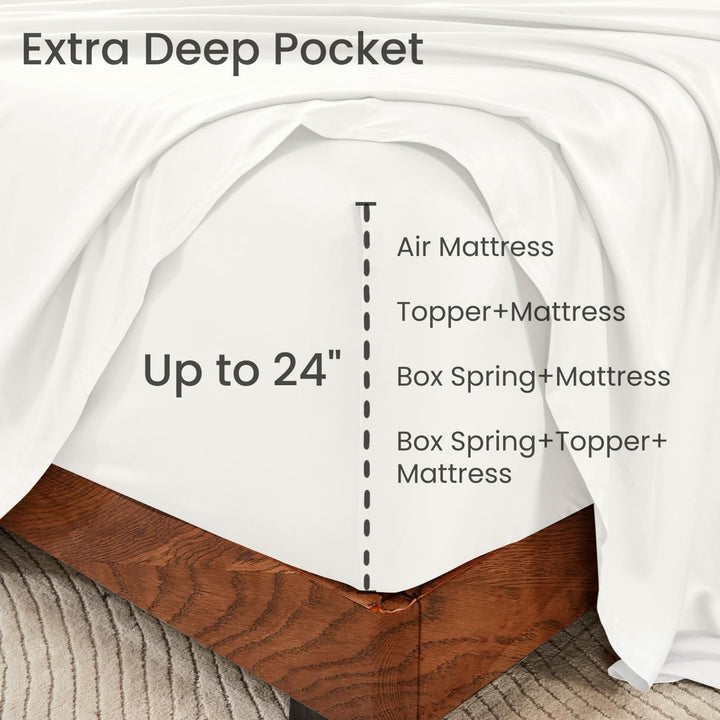
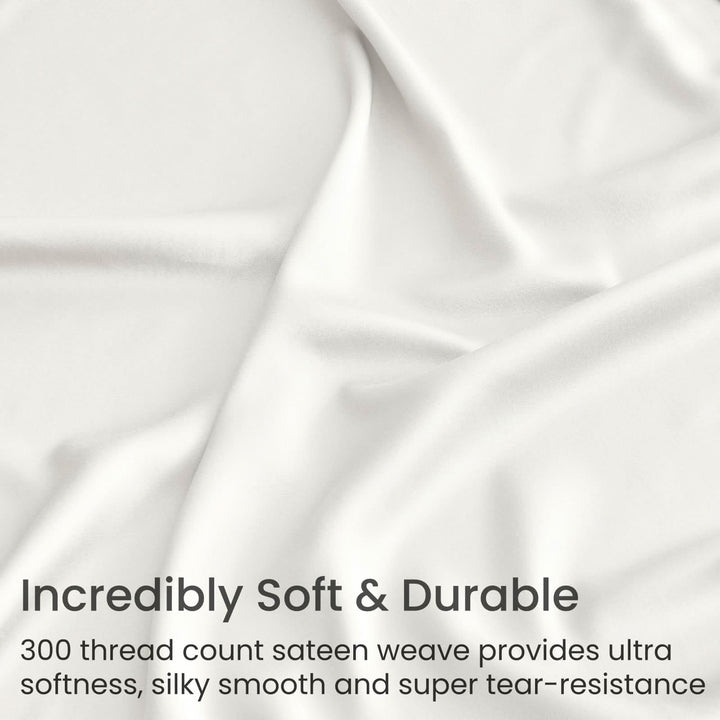






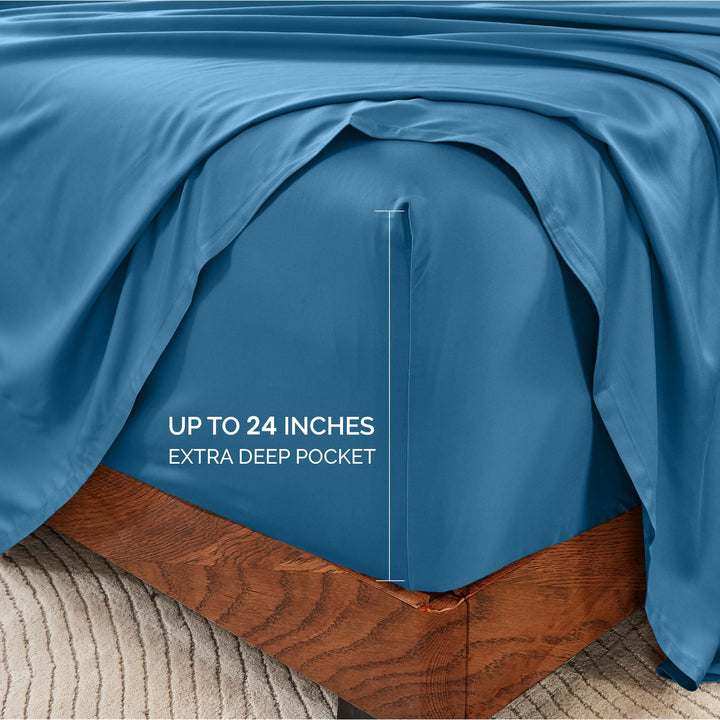
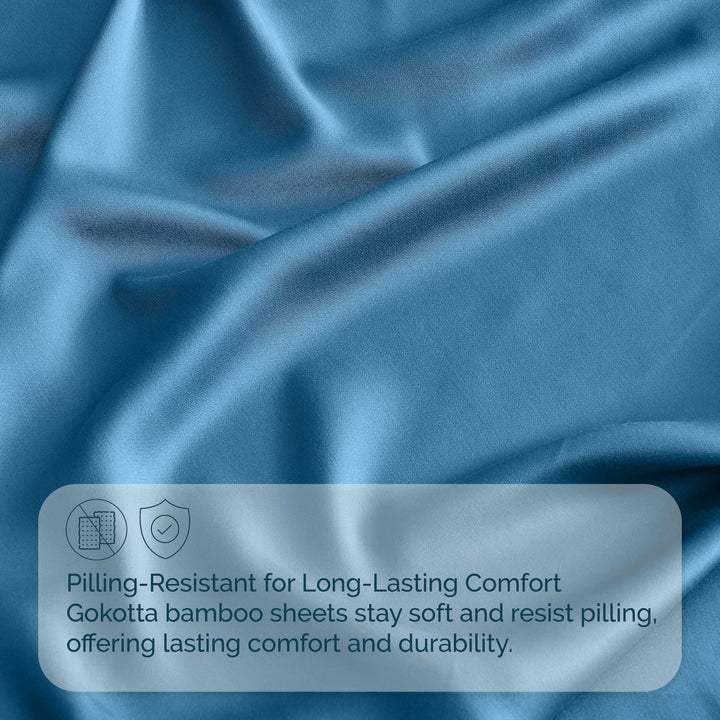

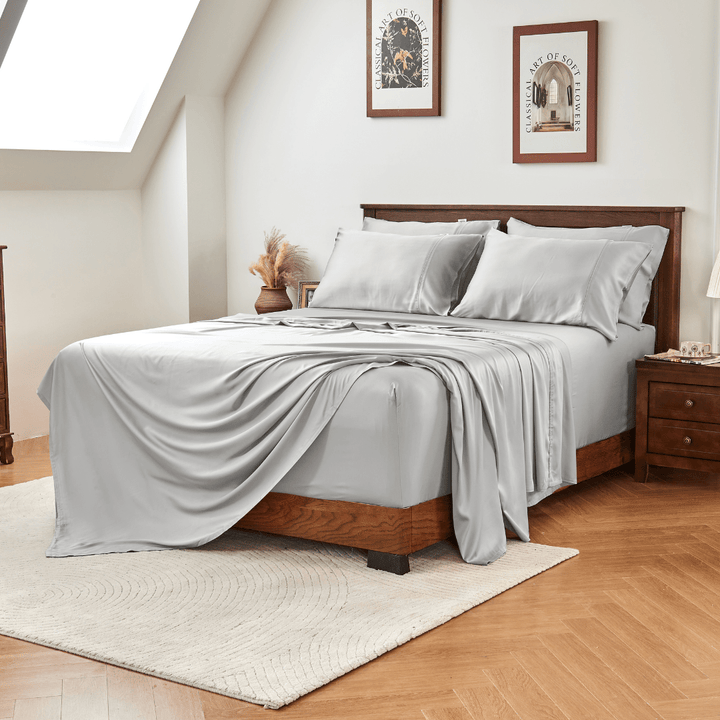
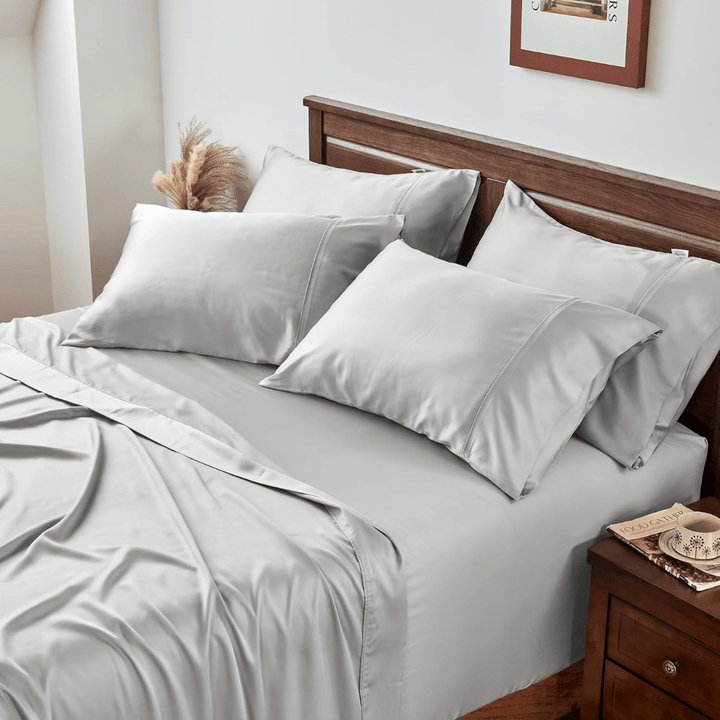
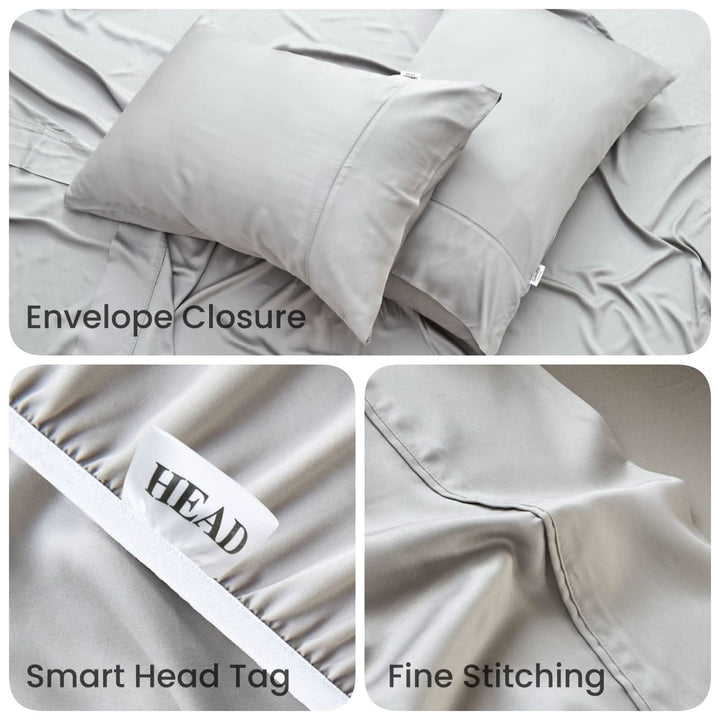
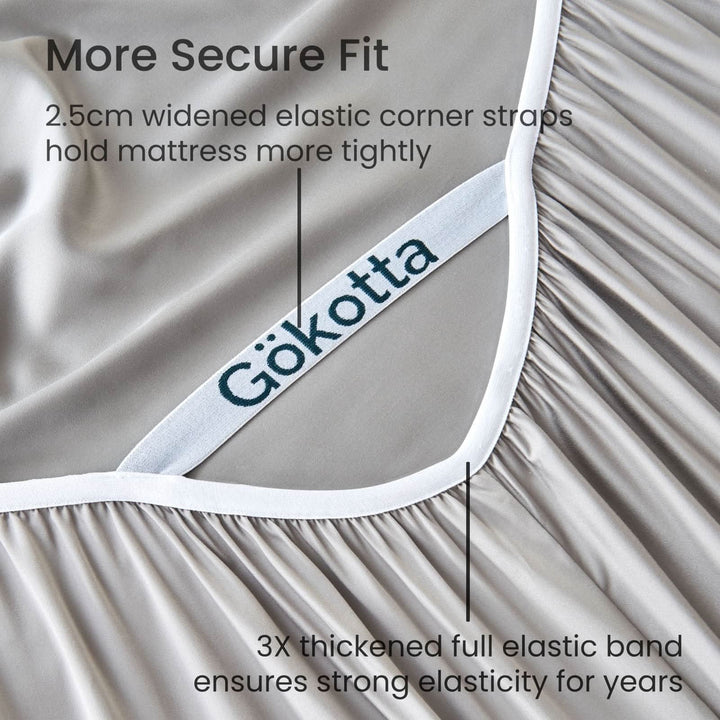
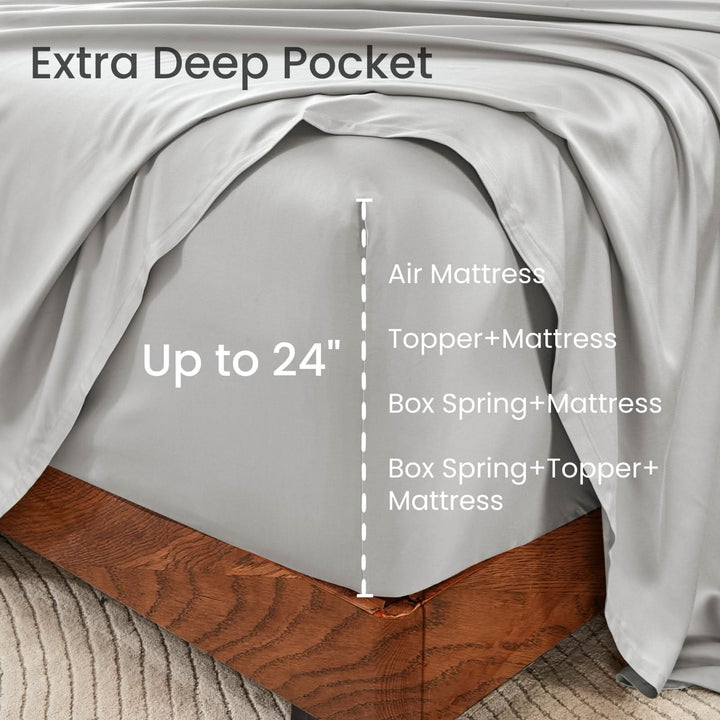
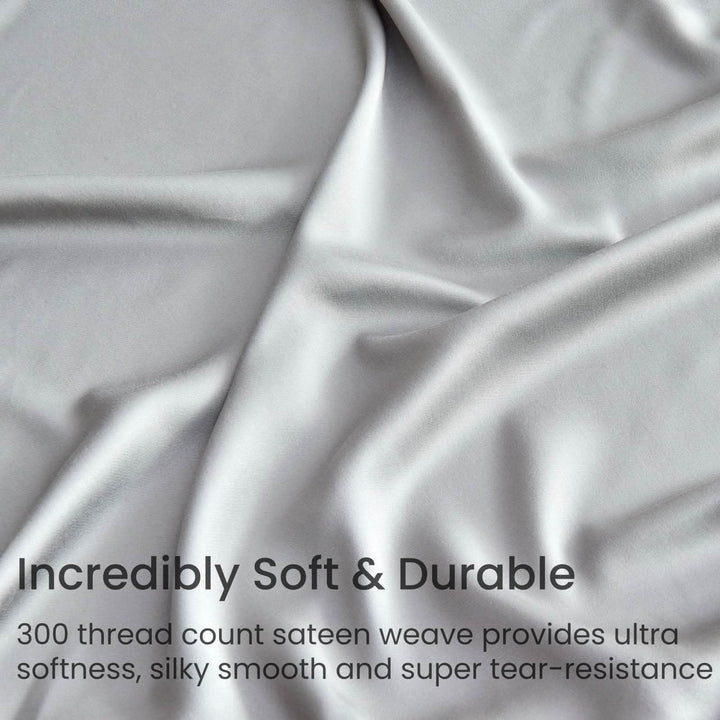
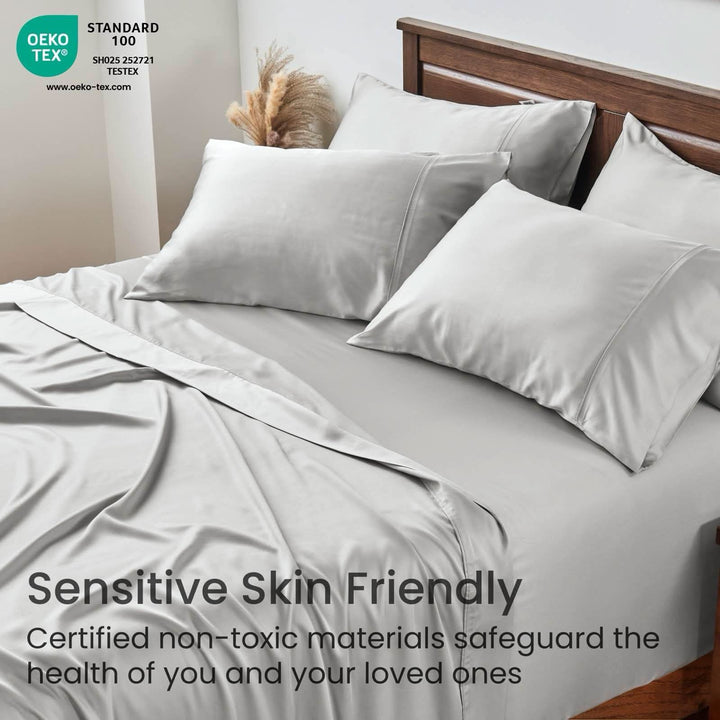





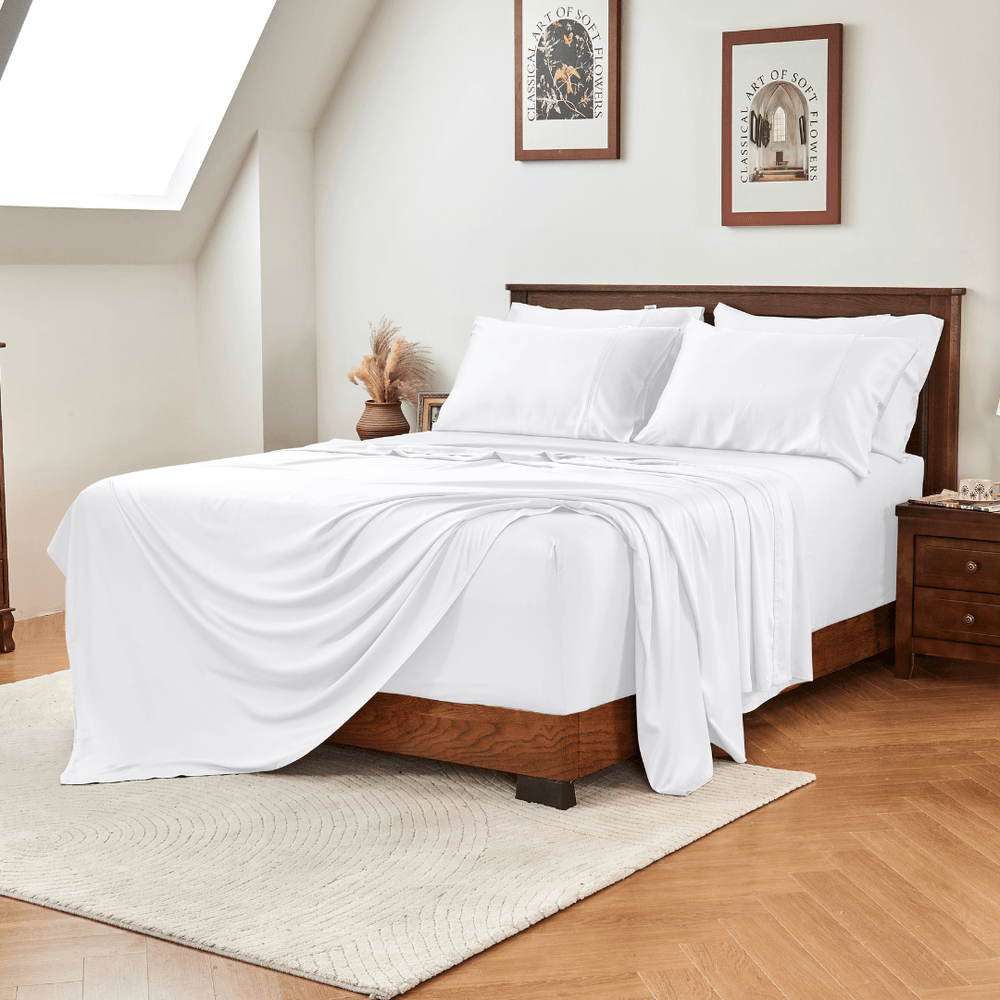
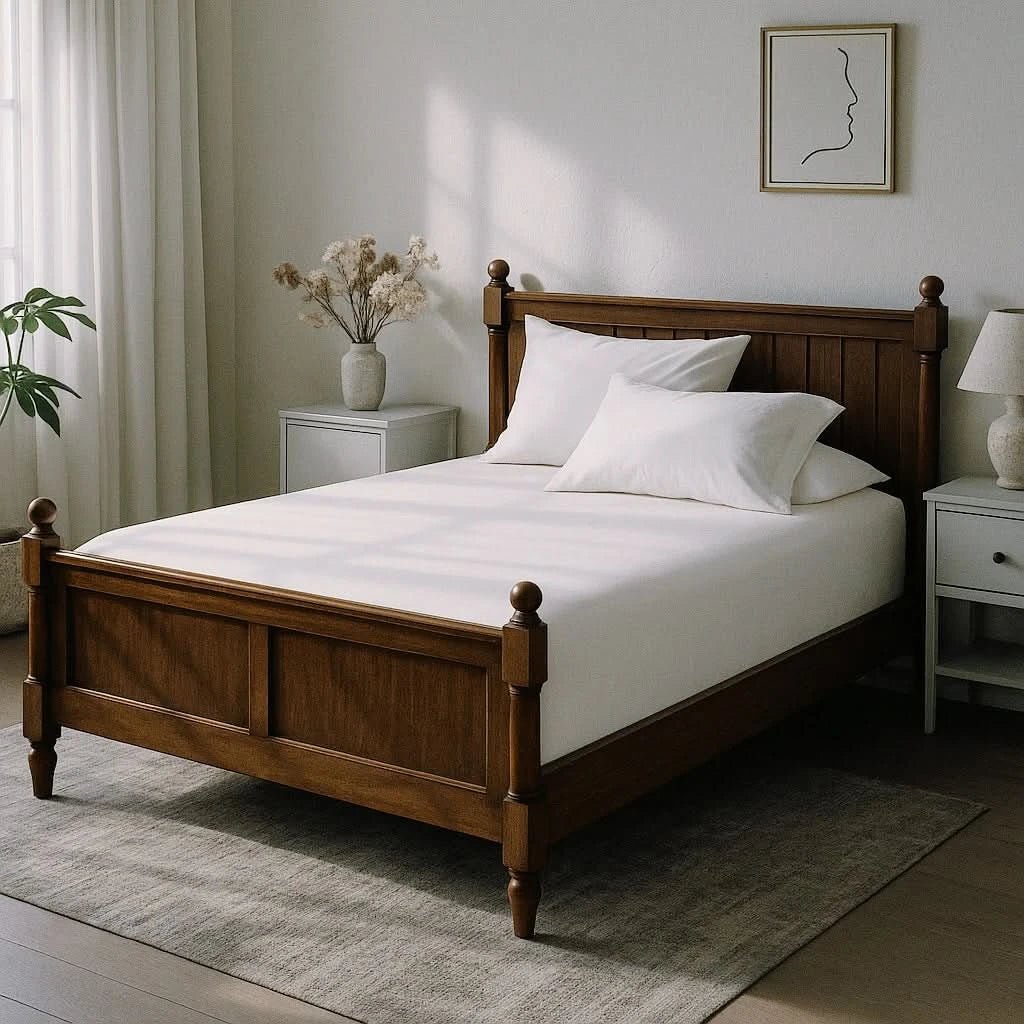



Leave a comment